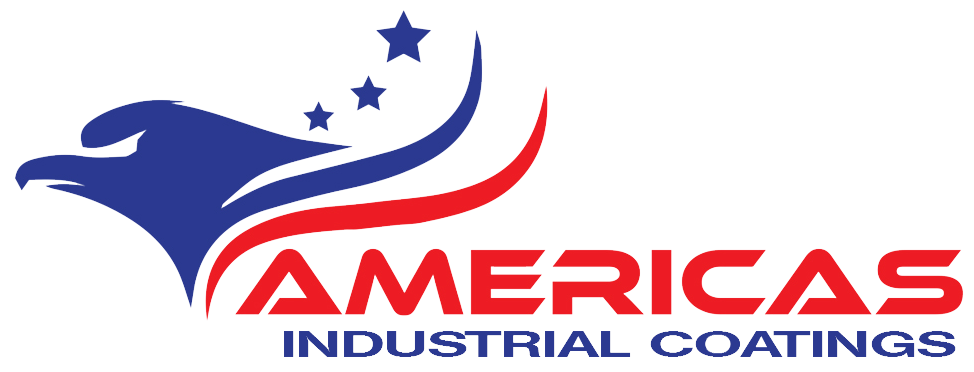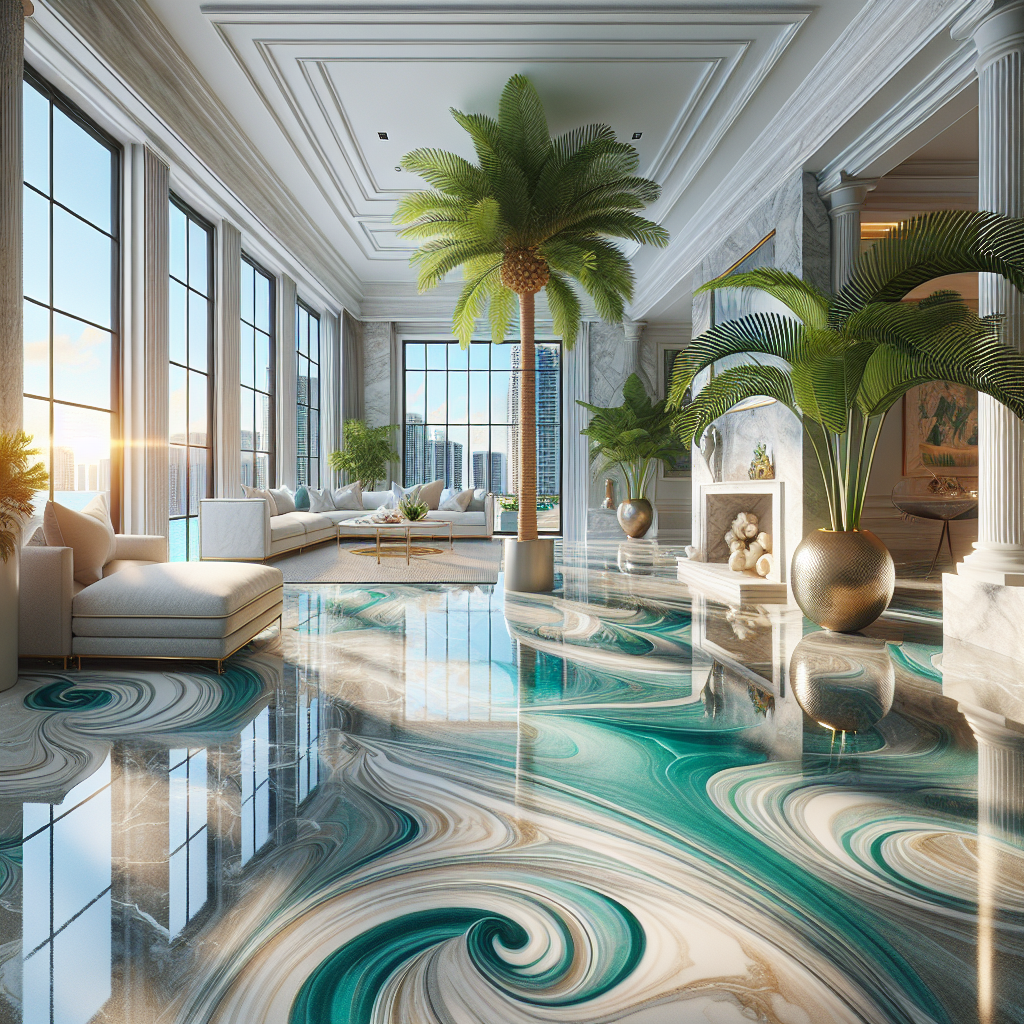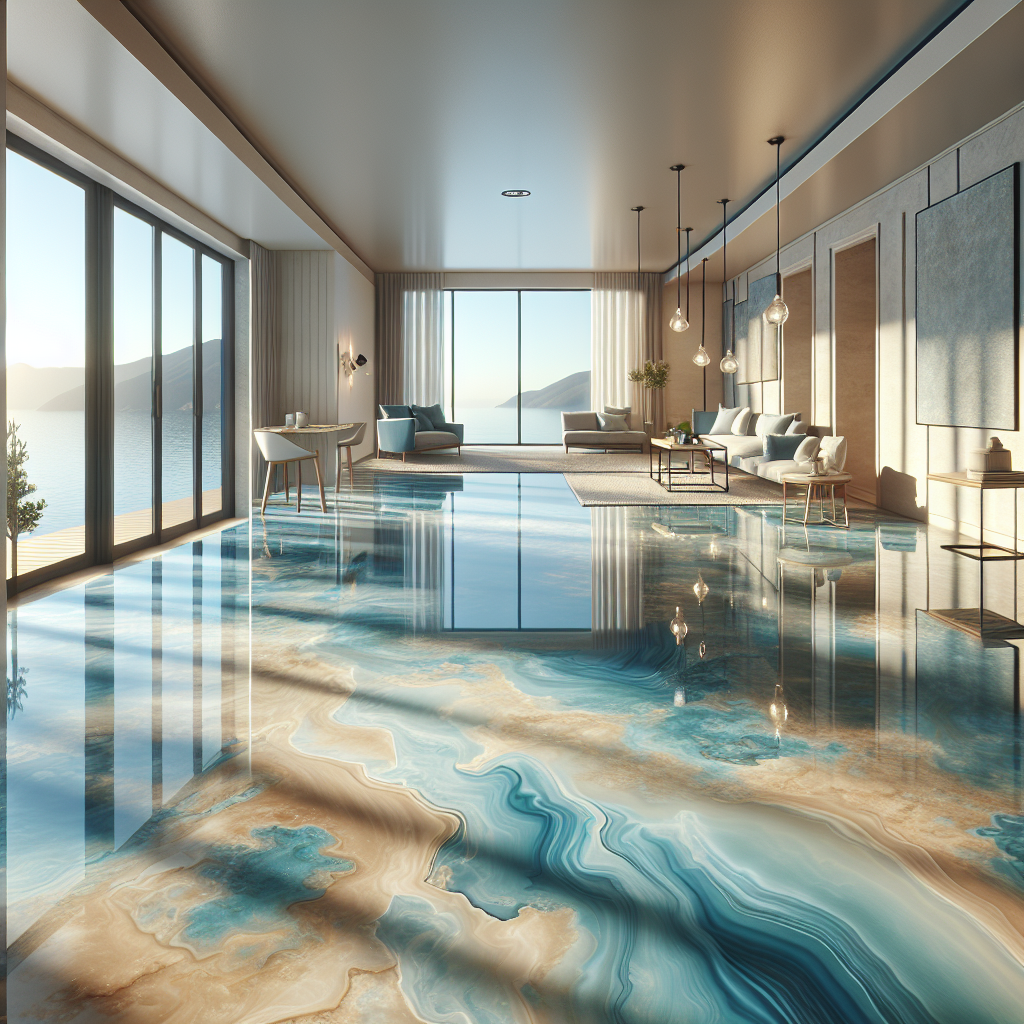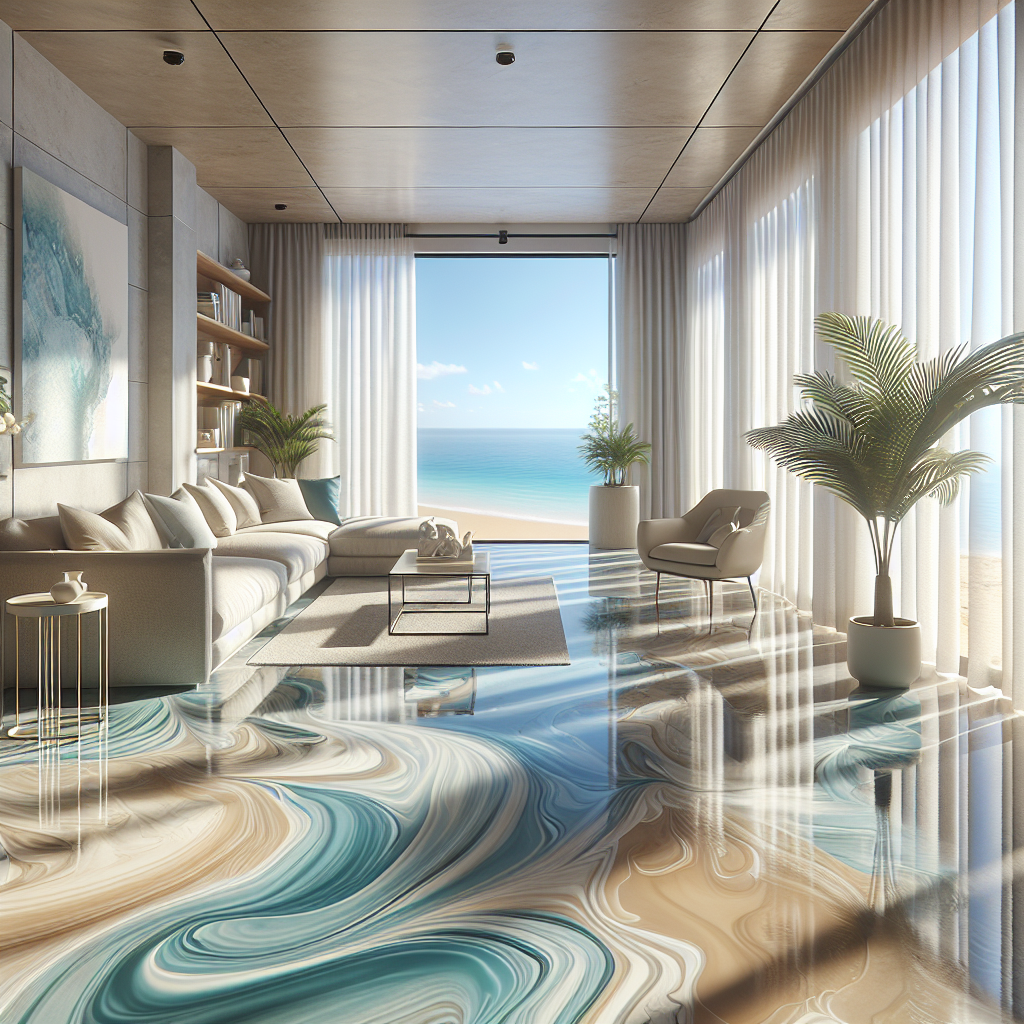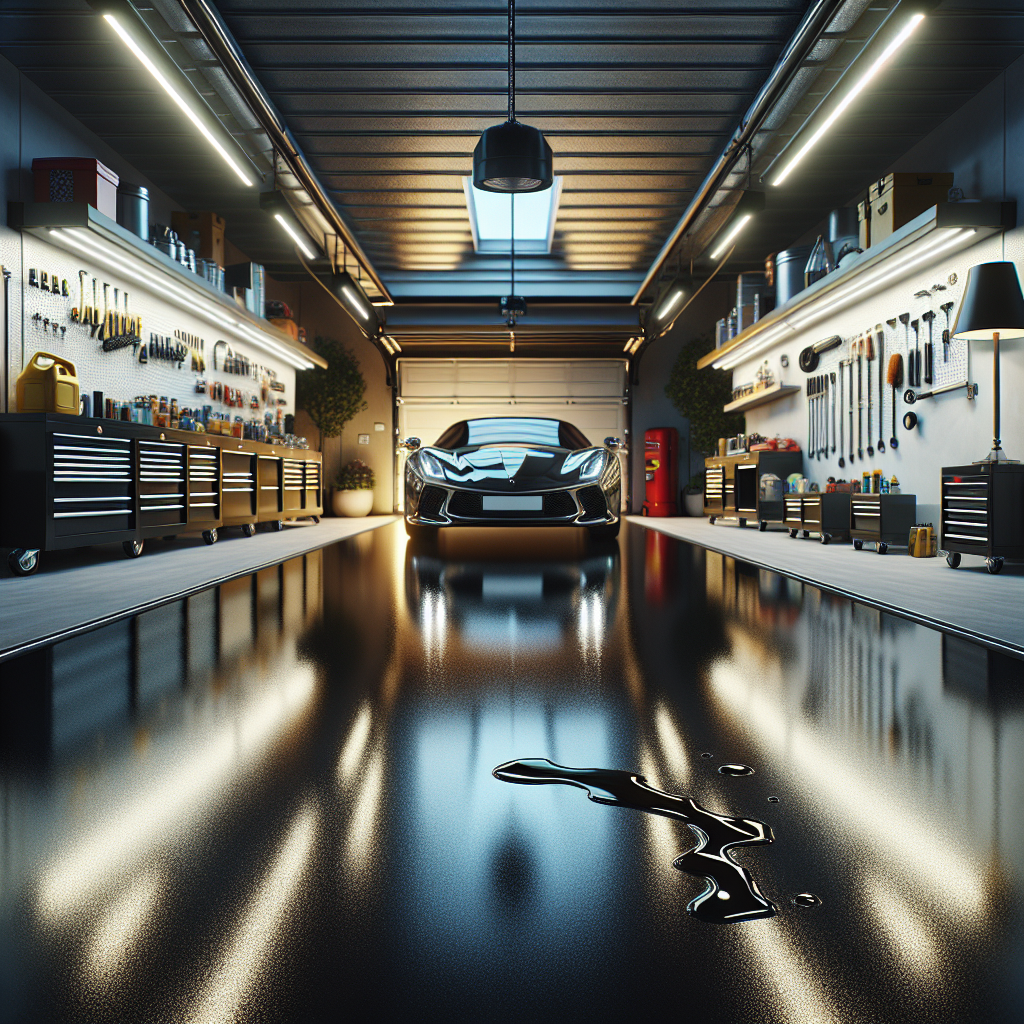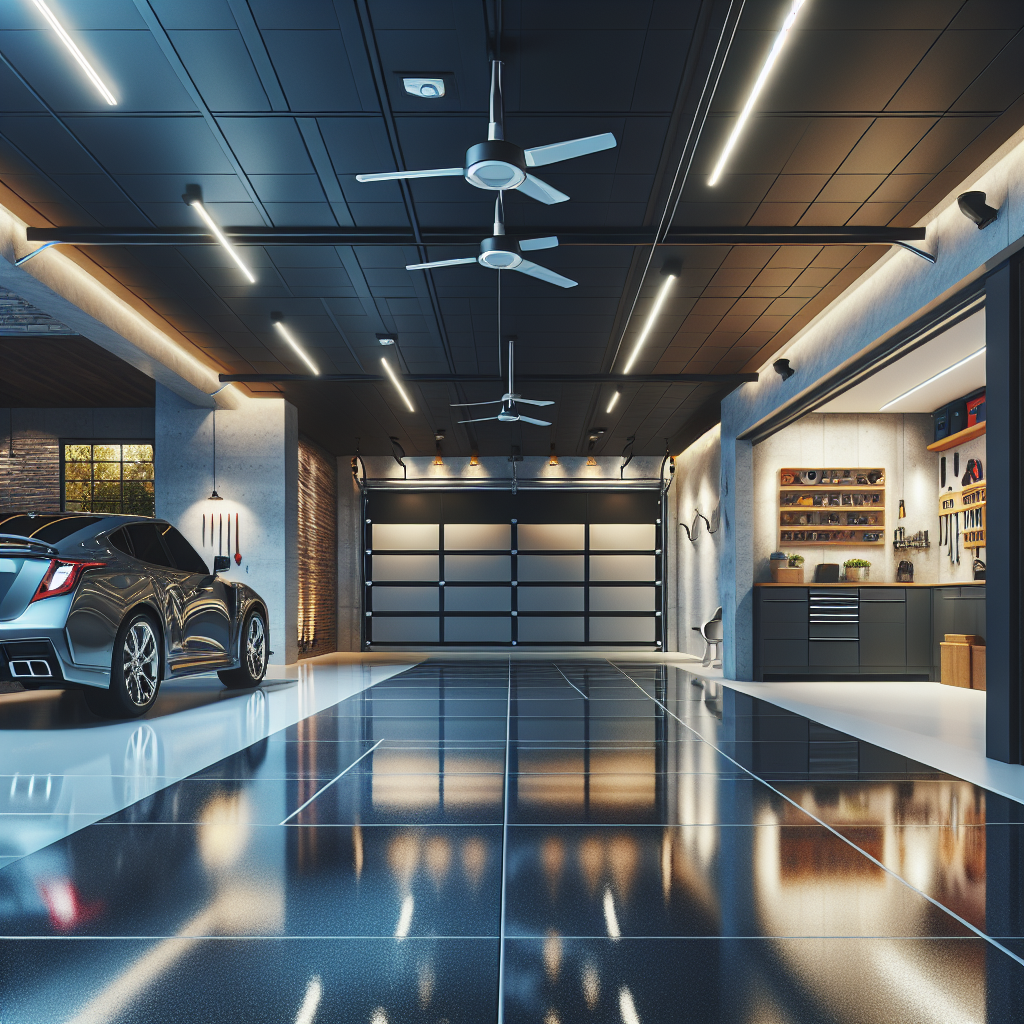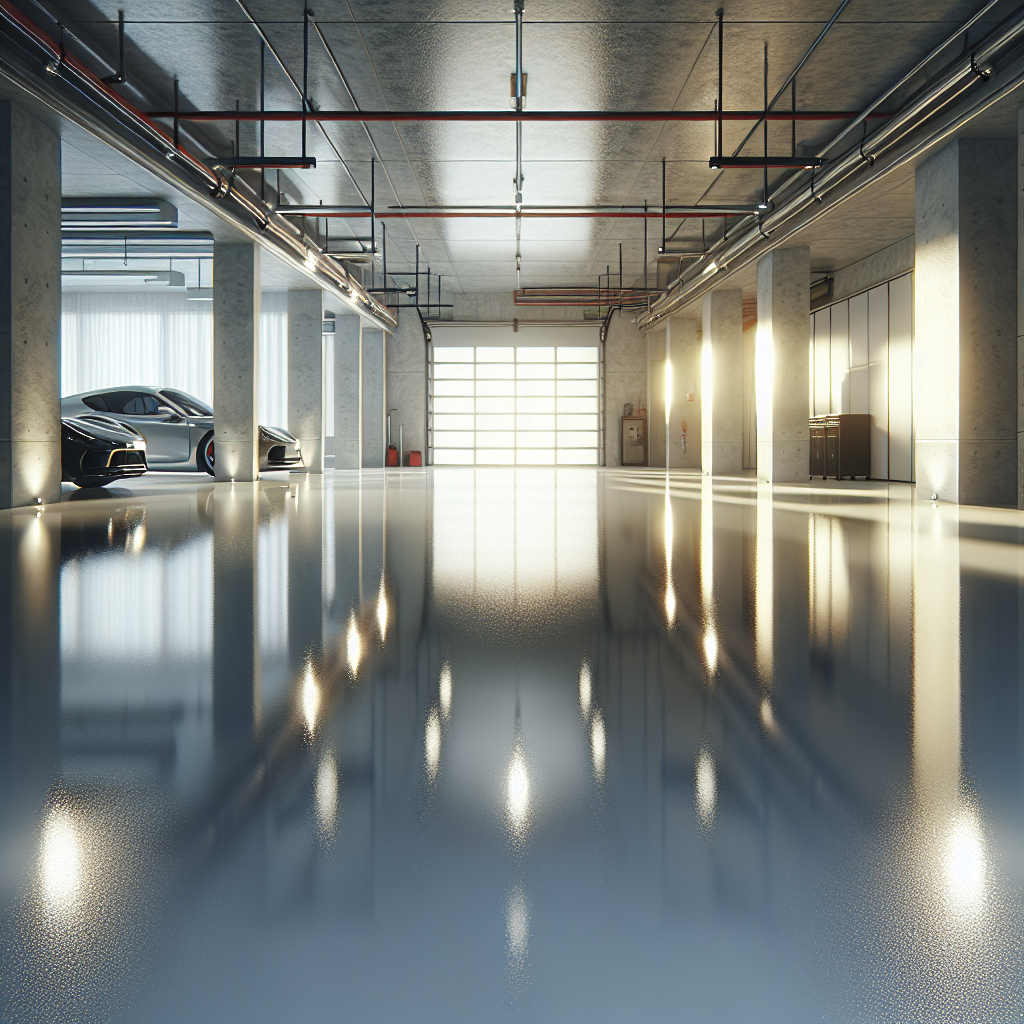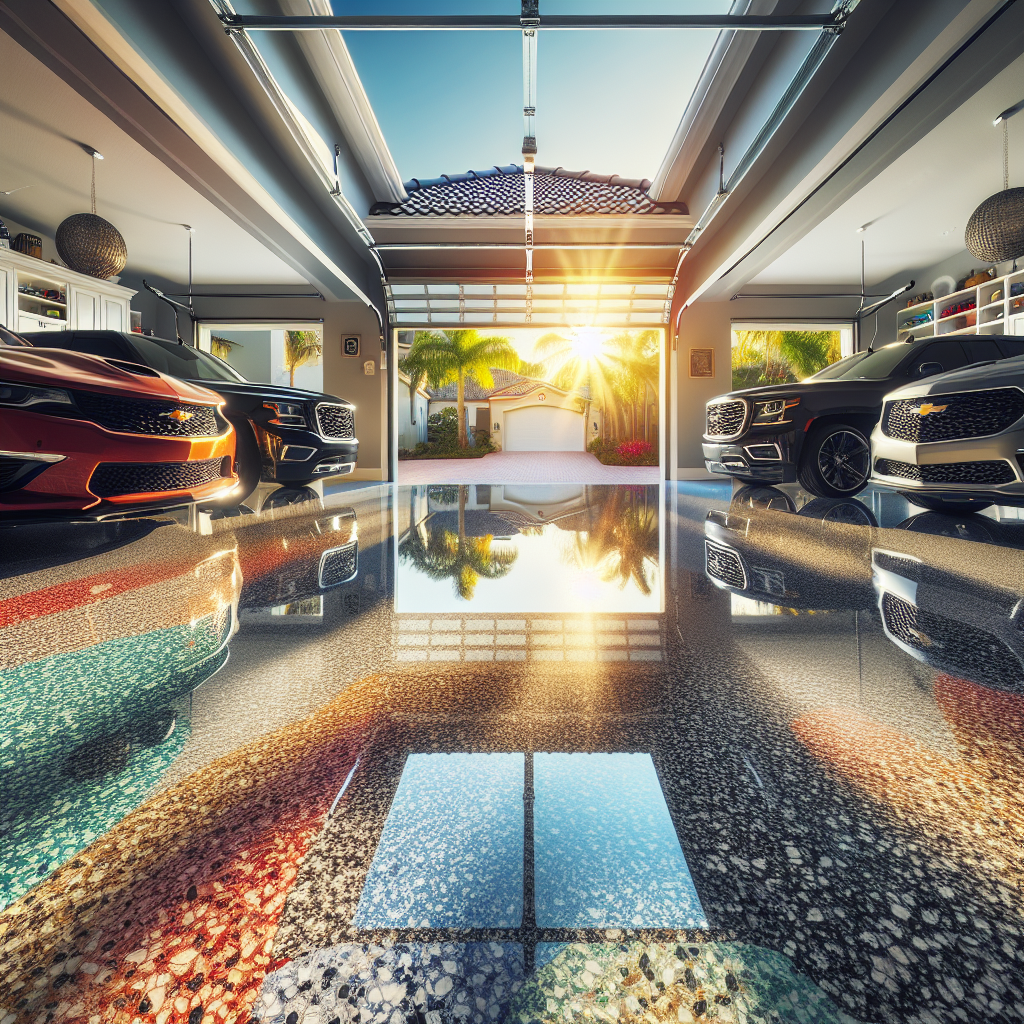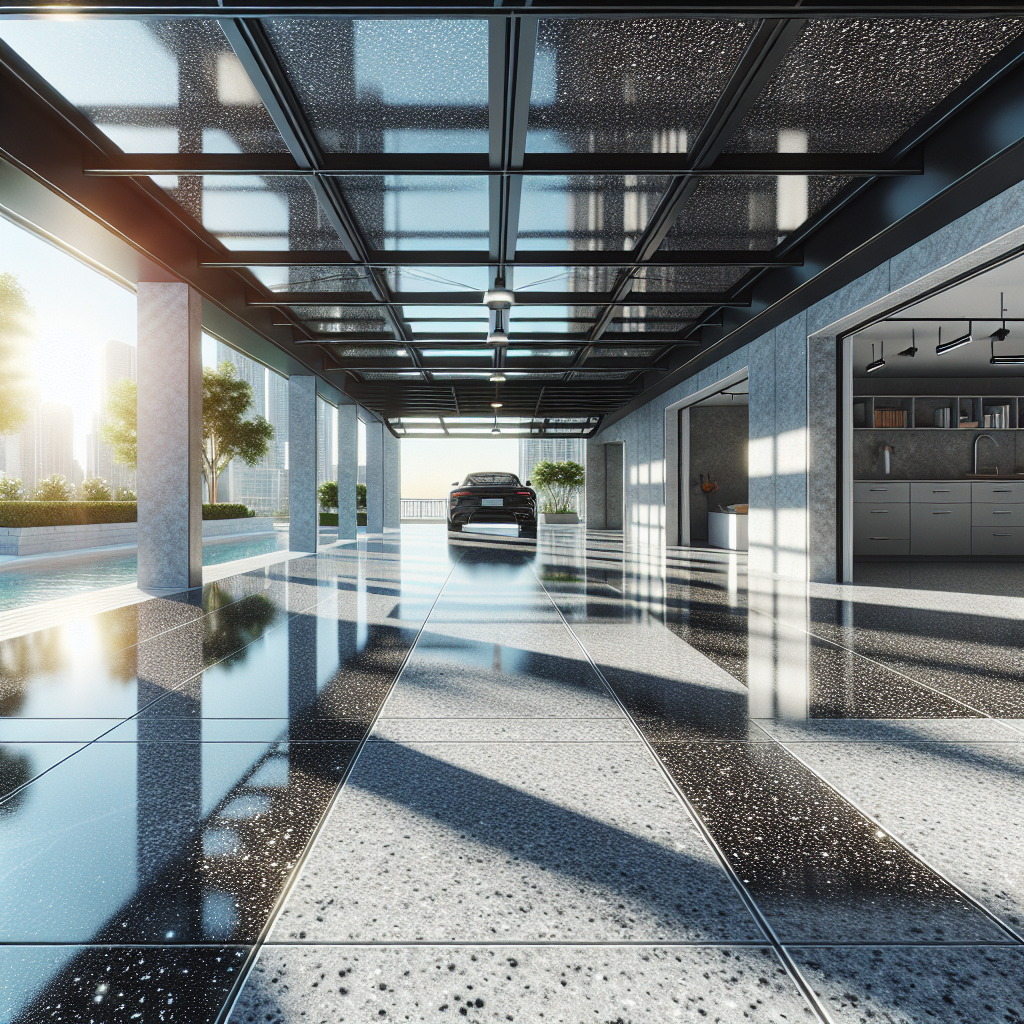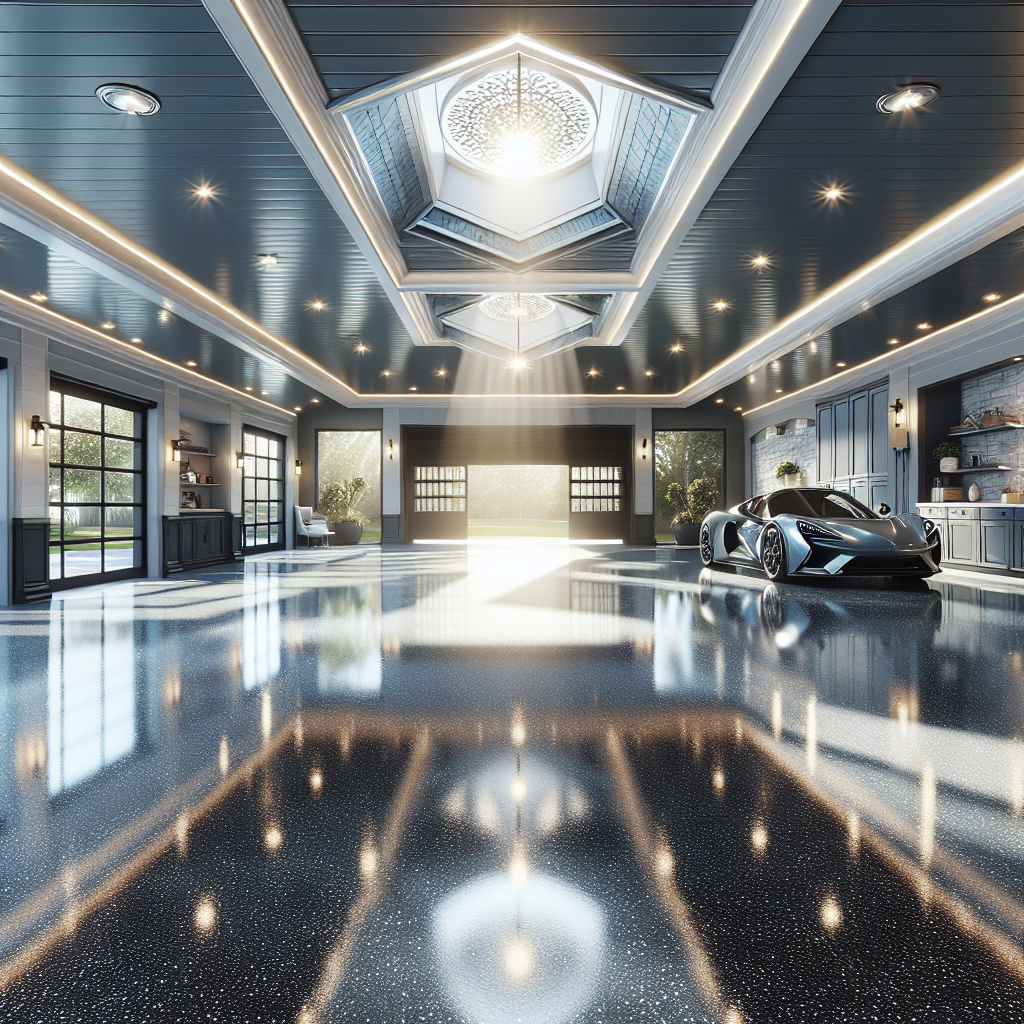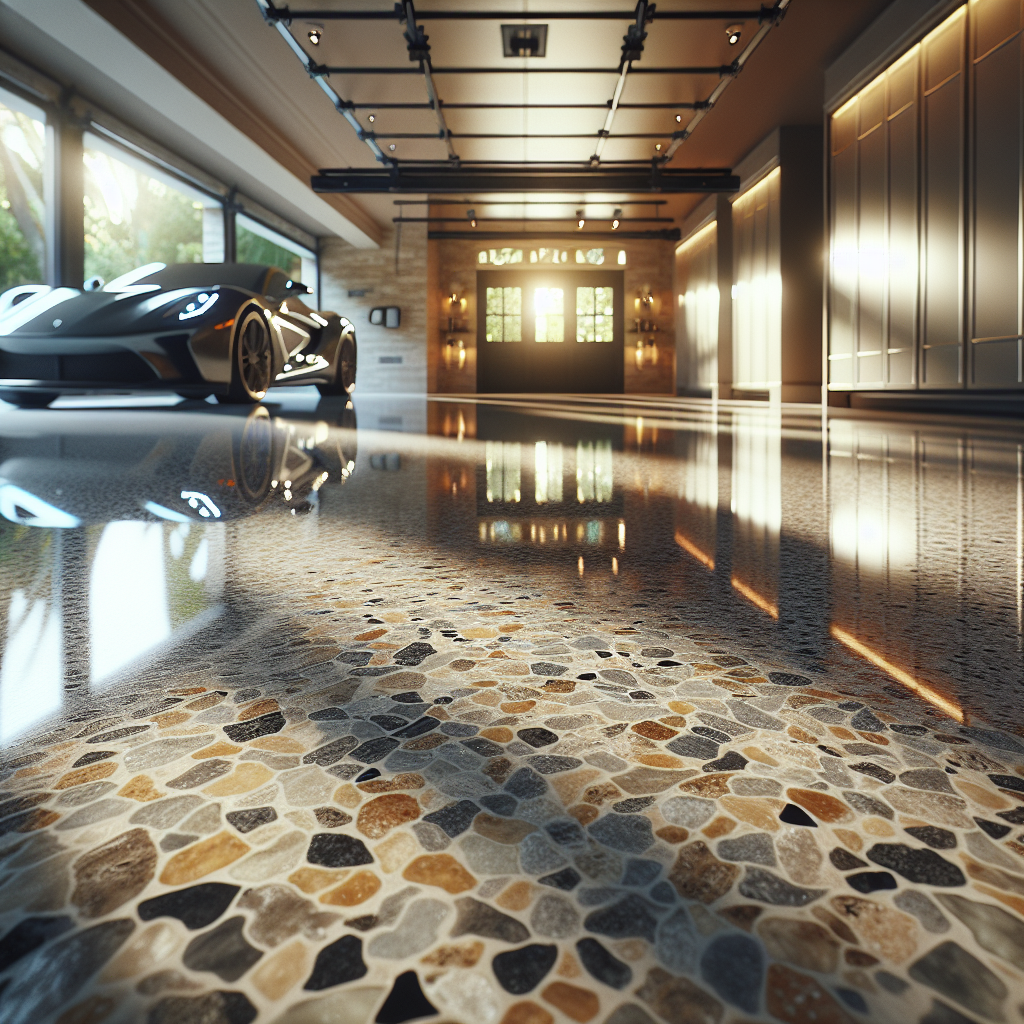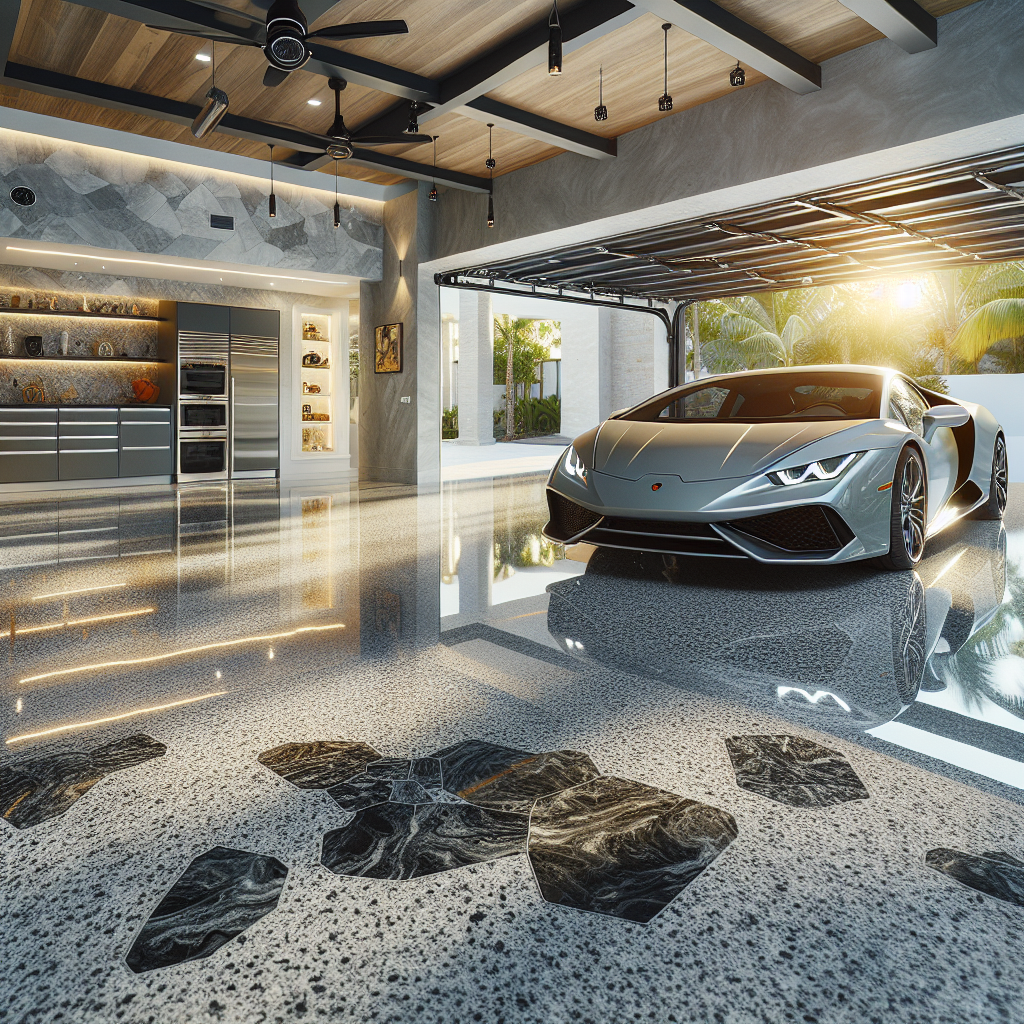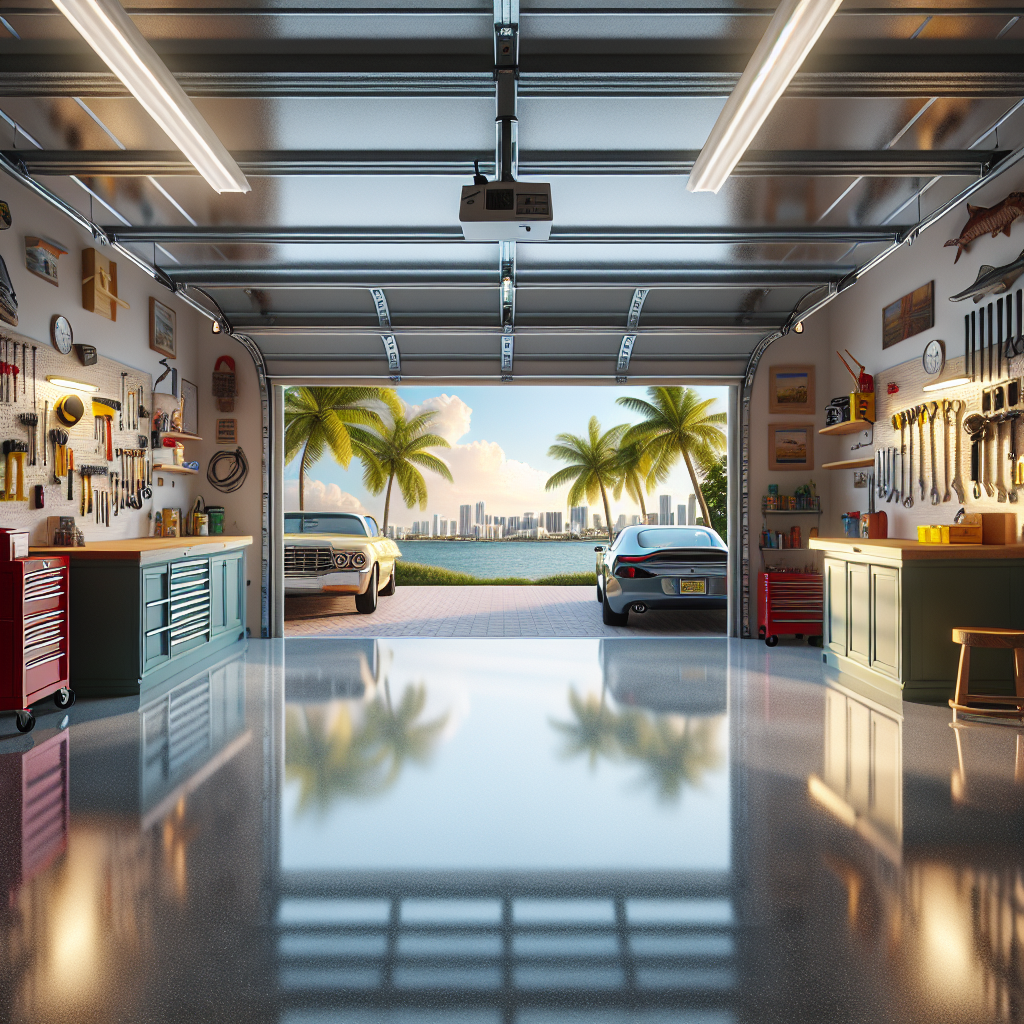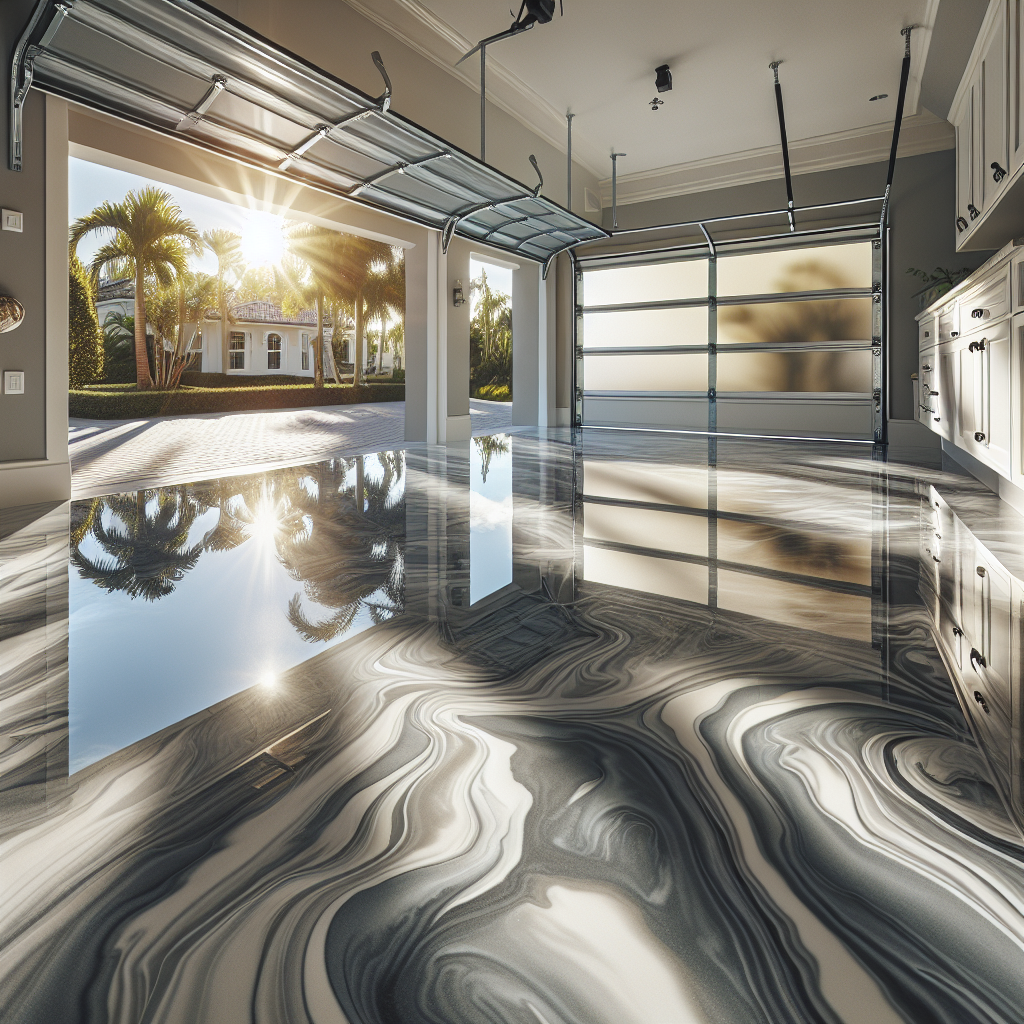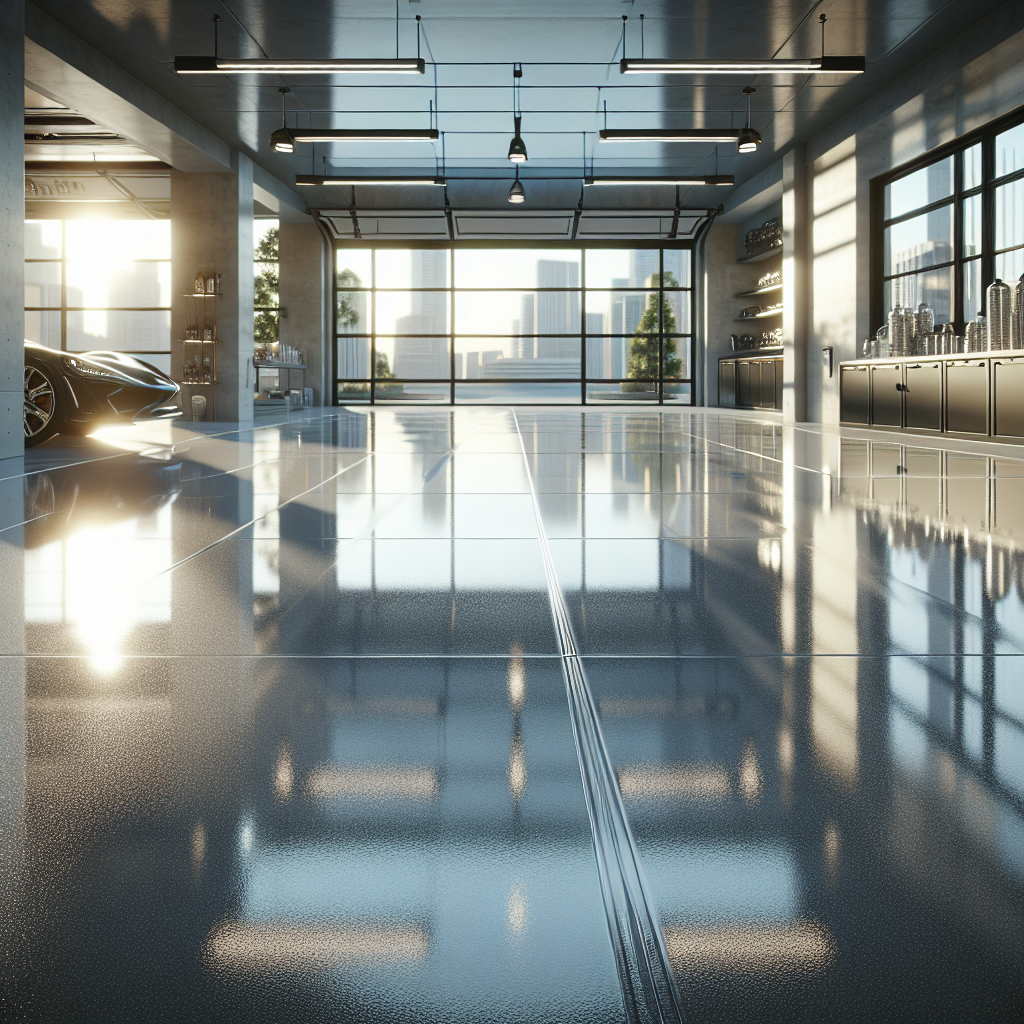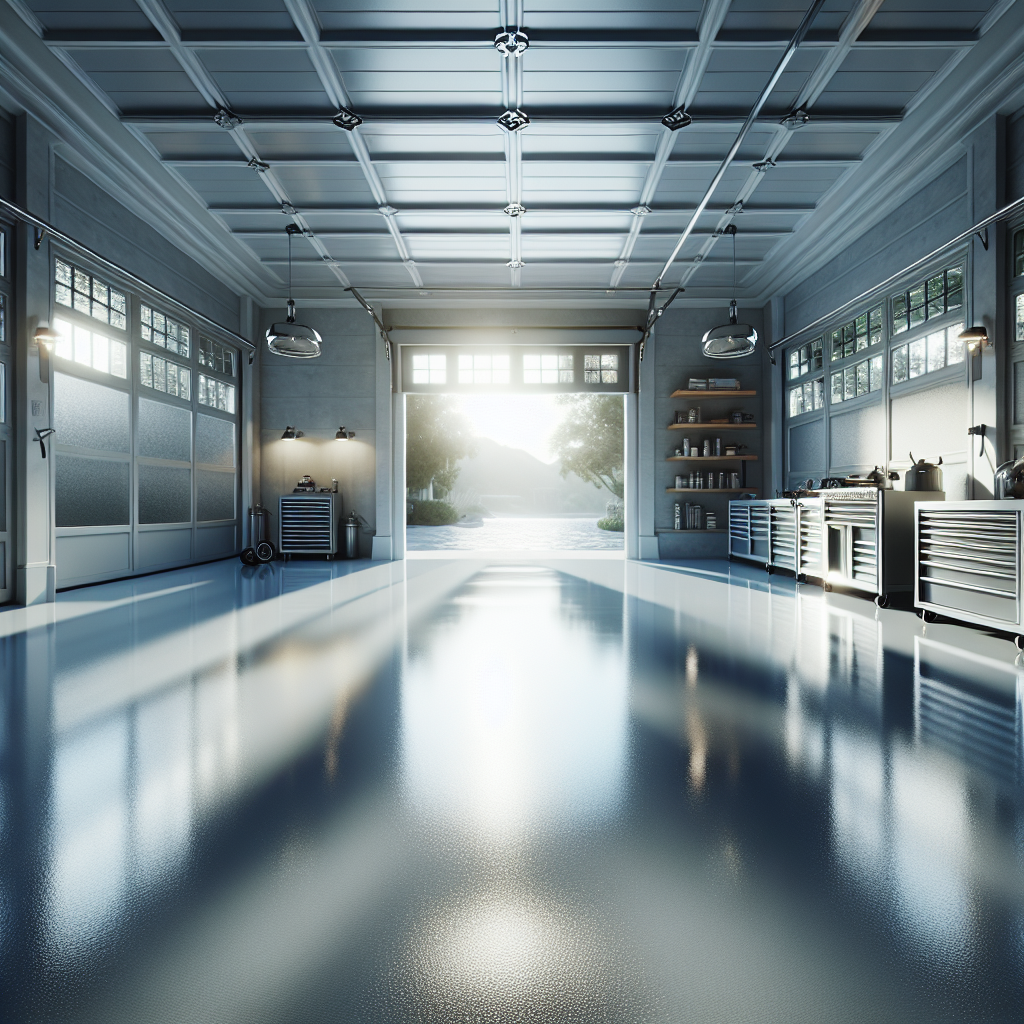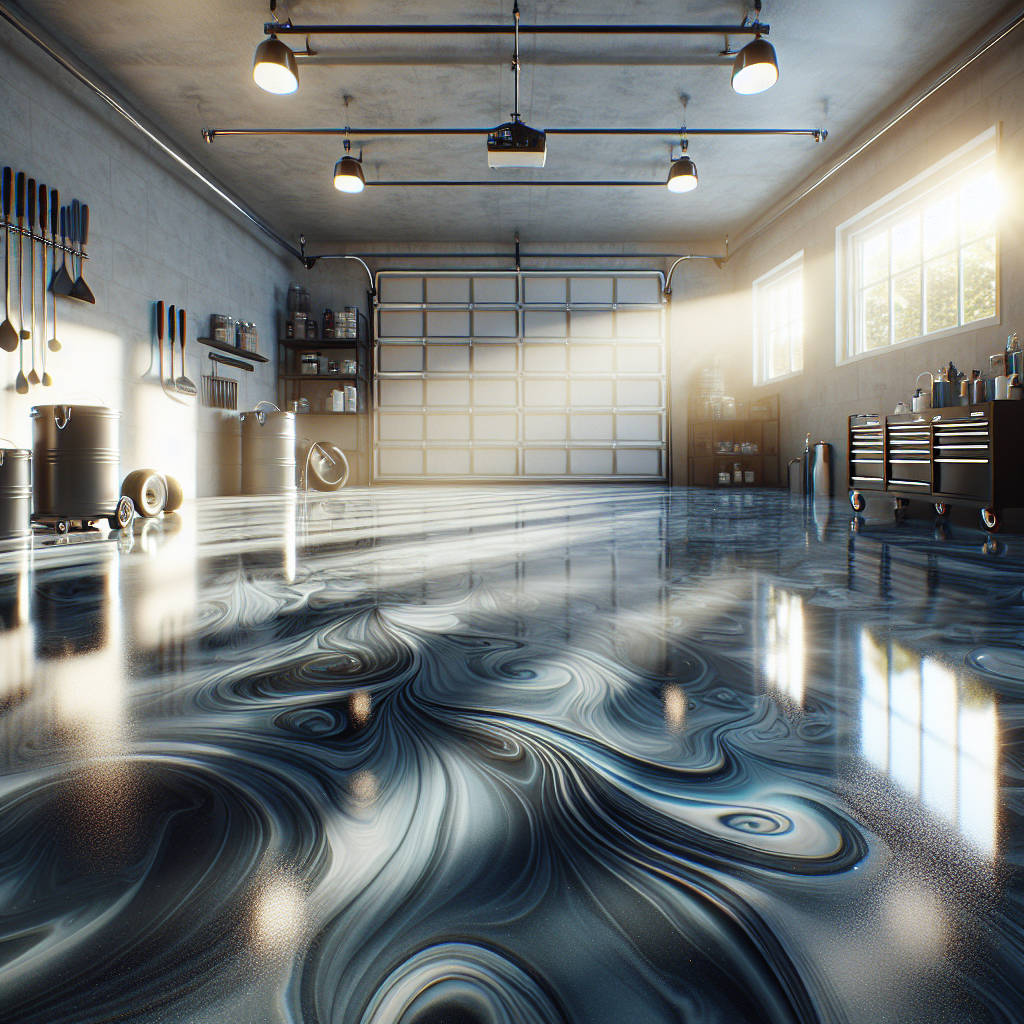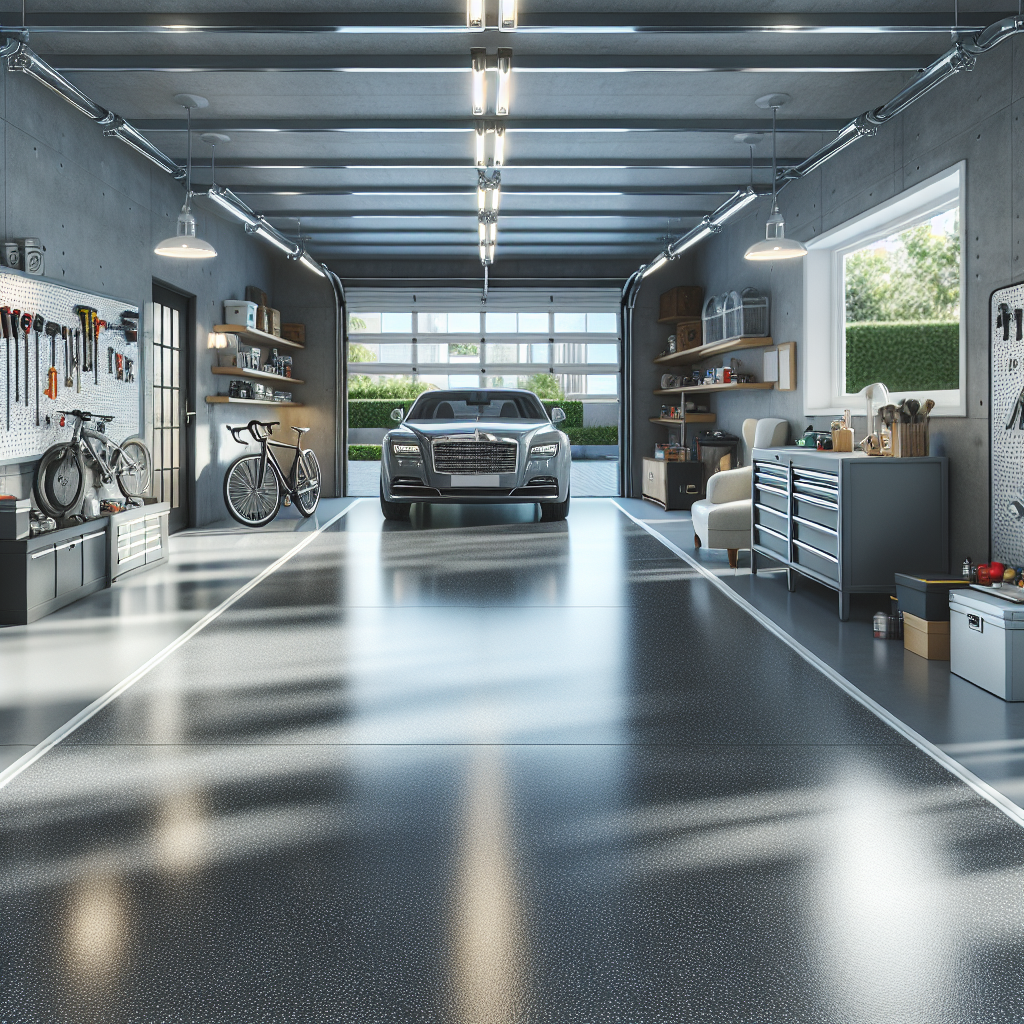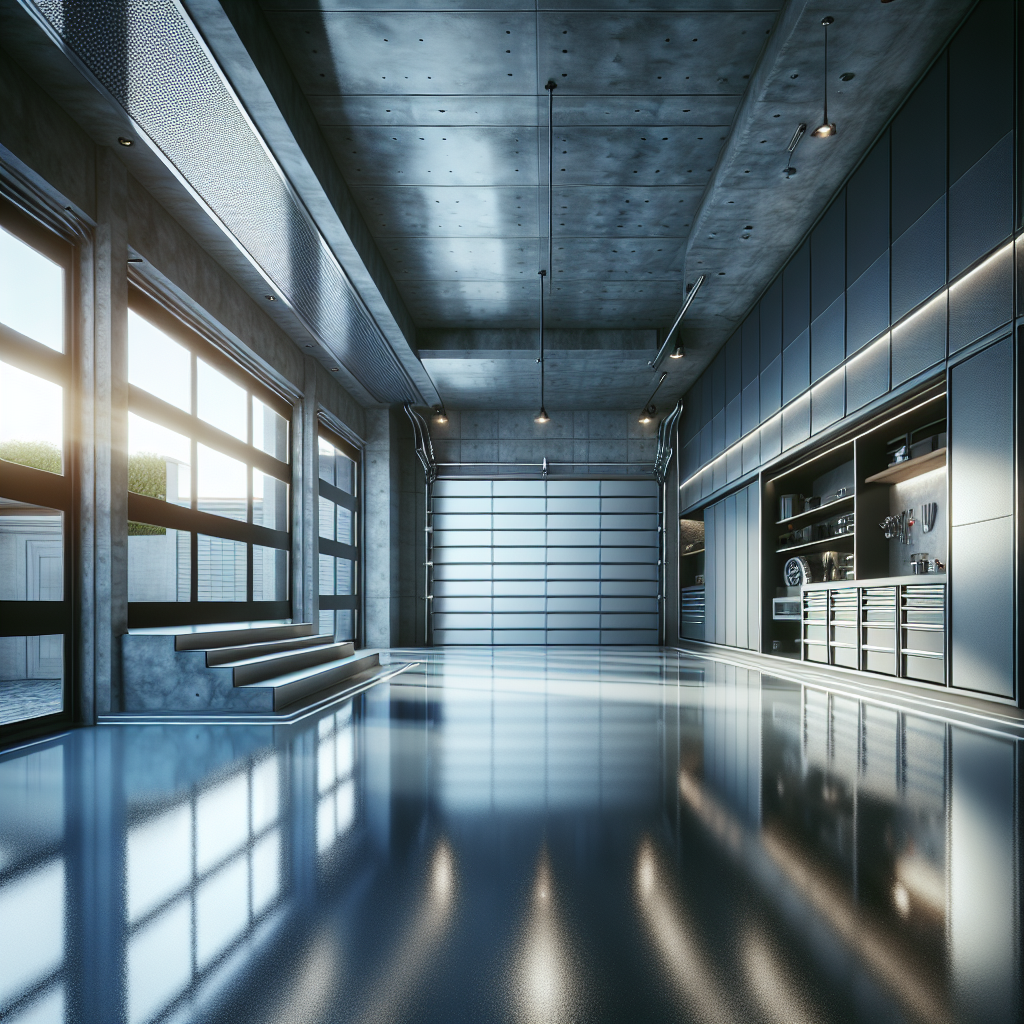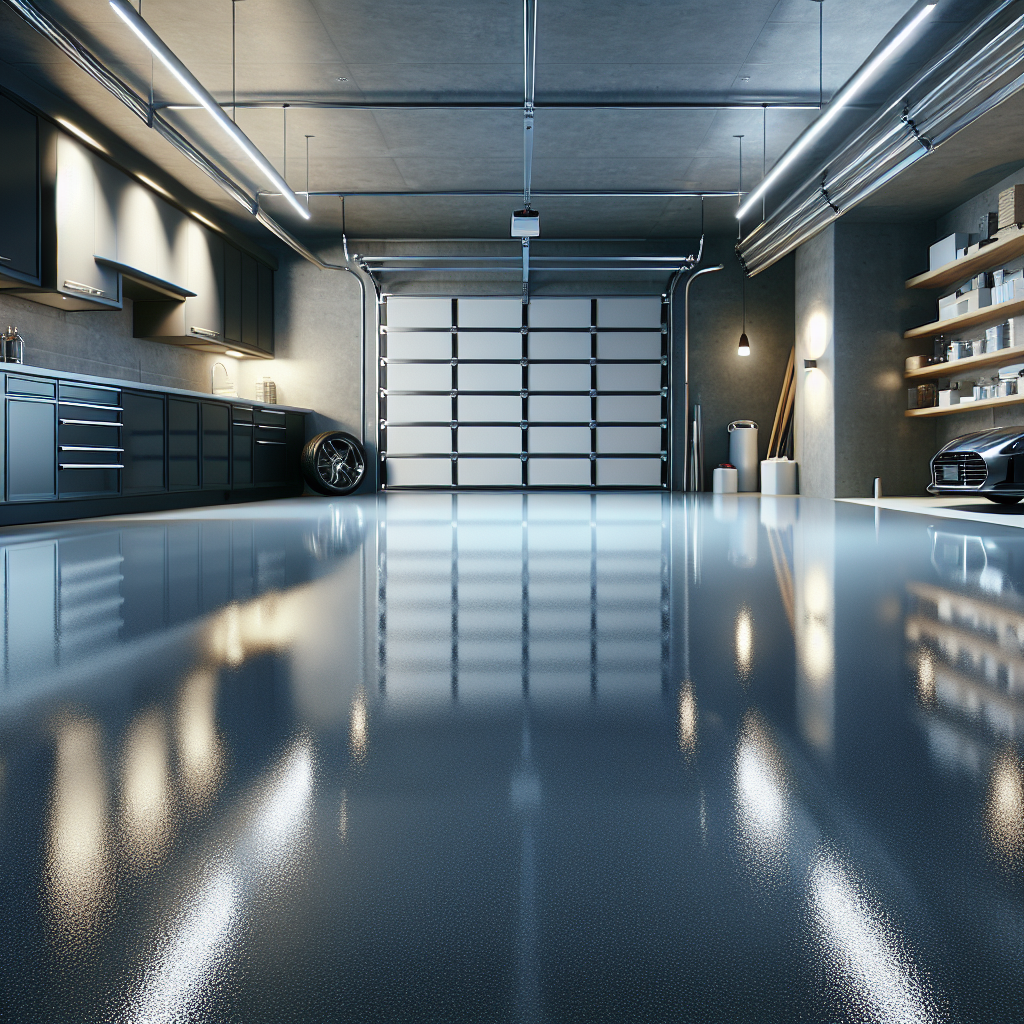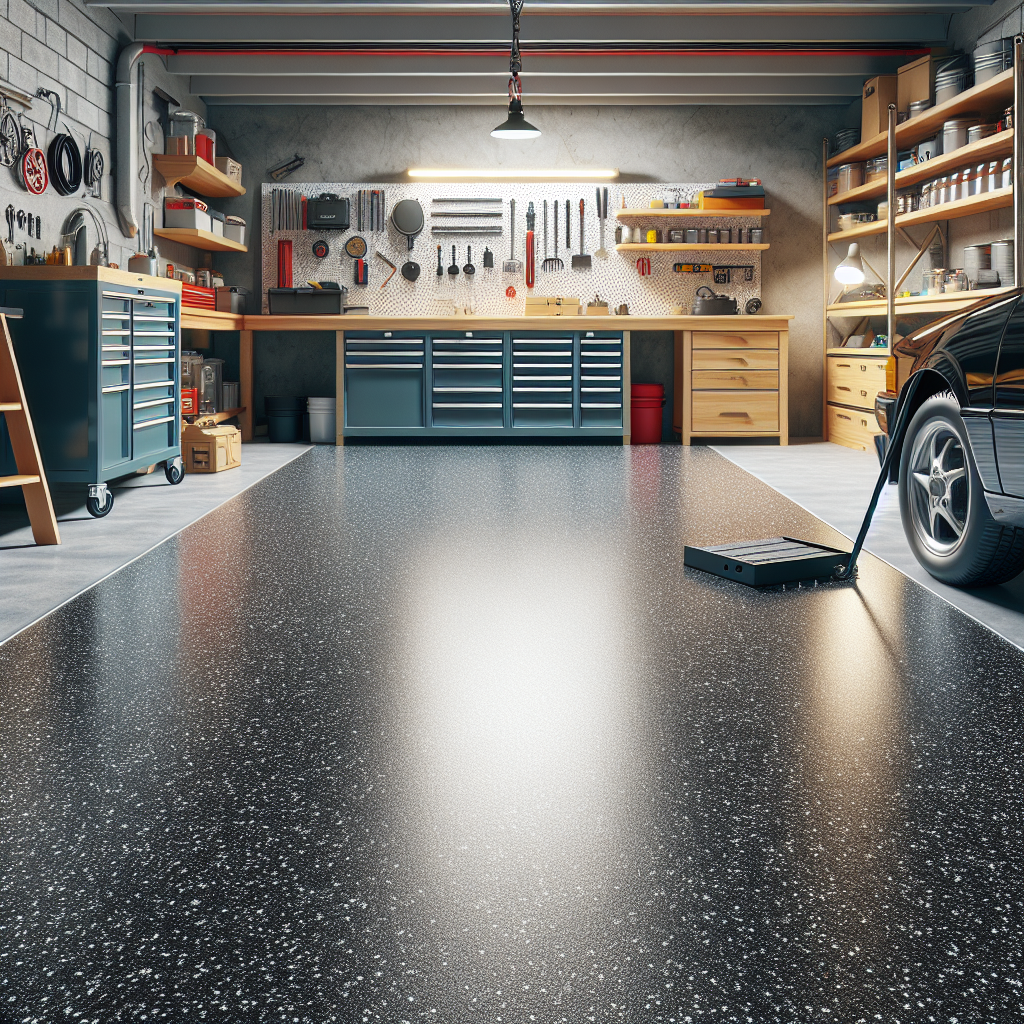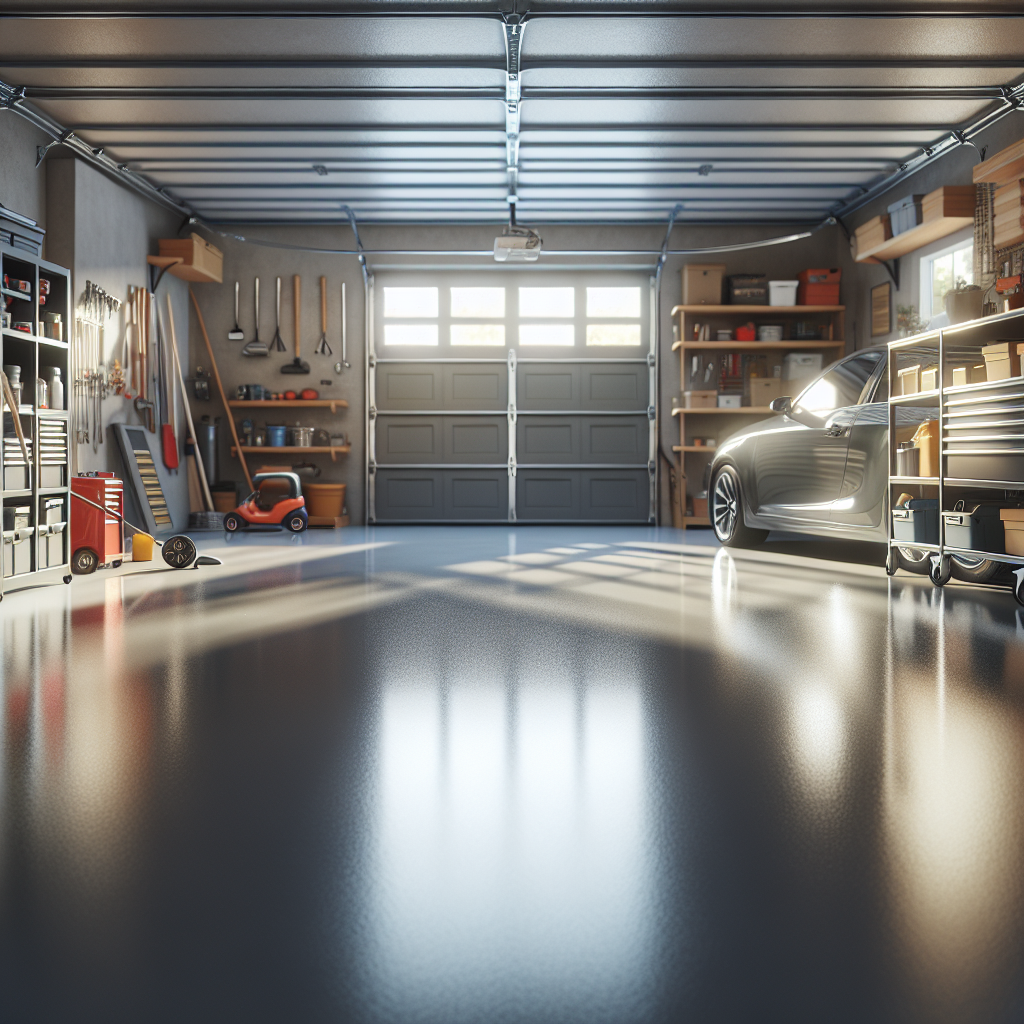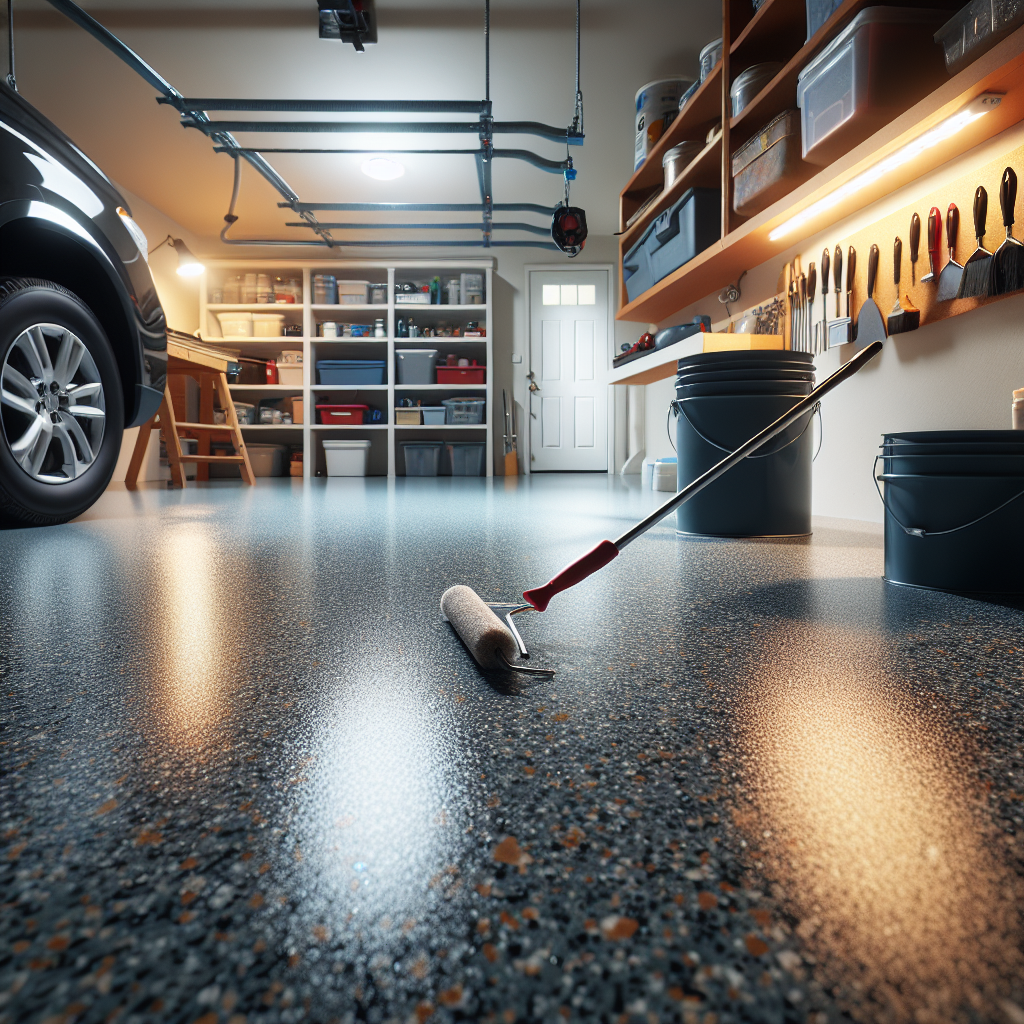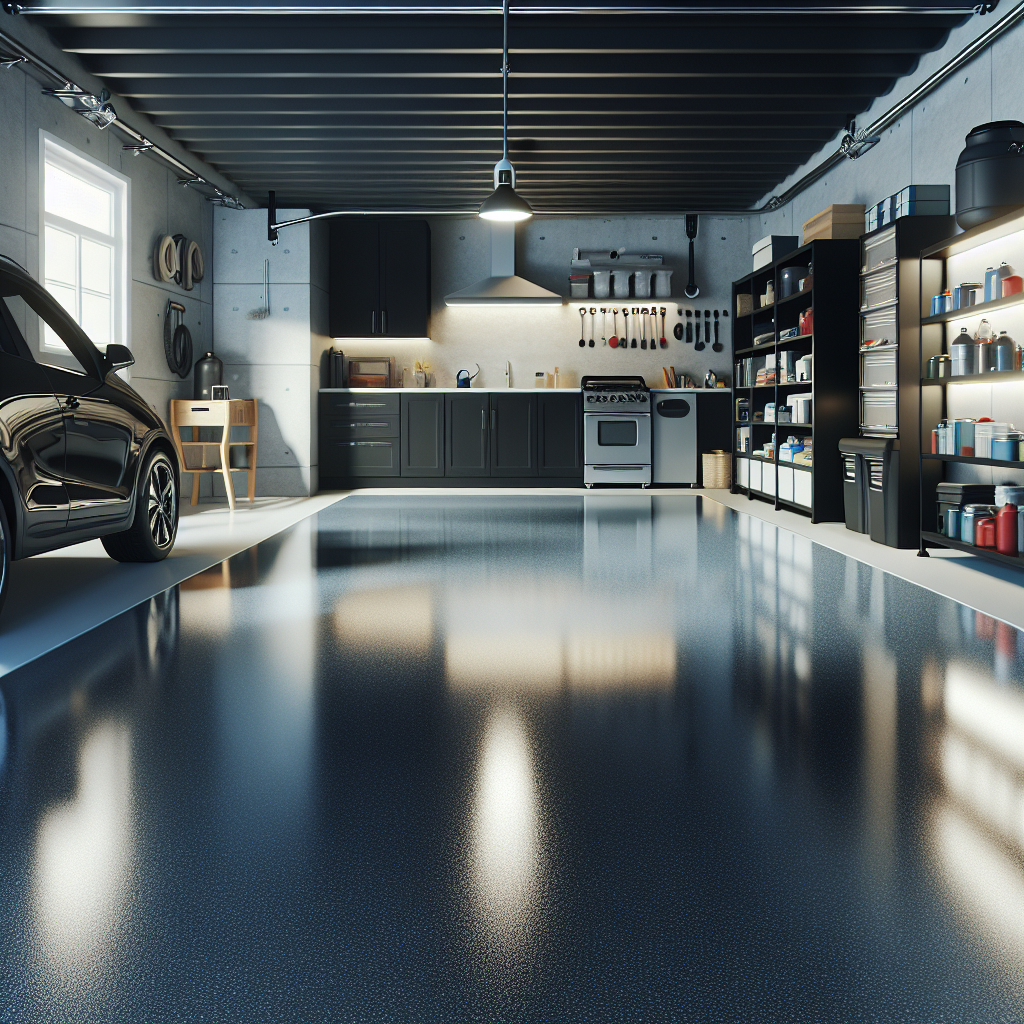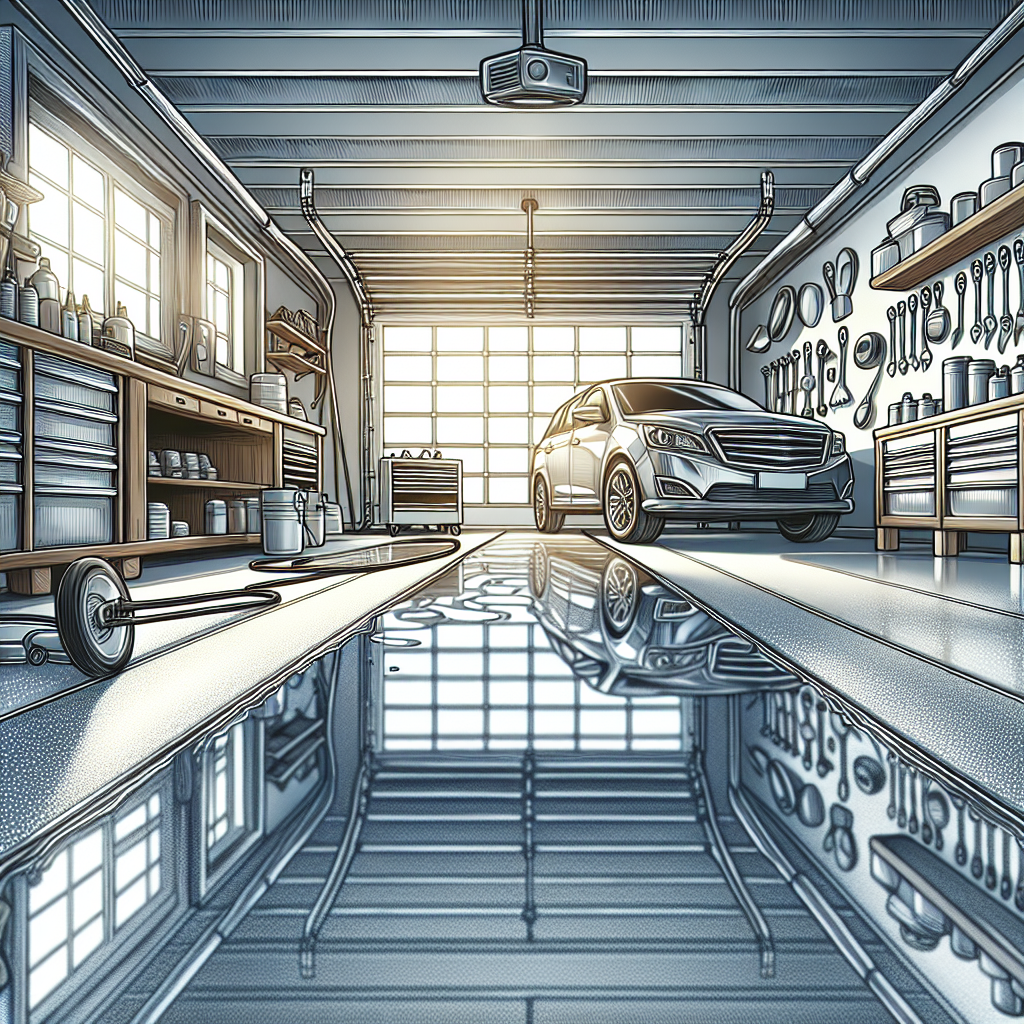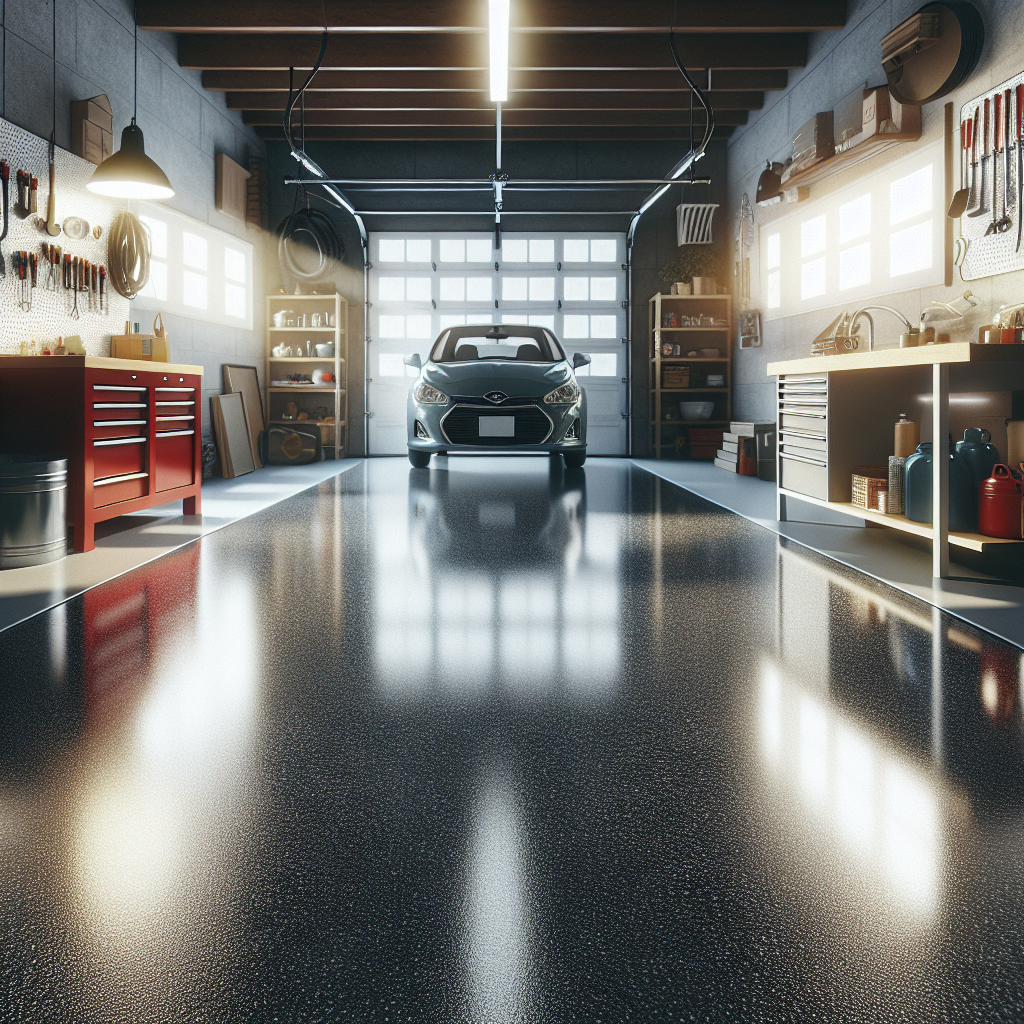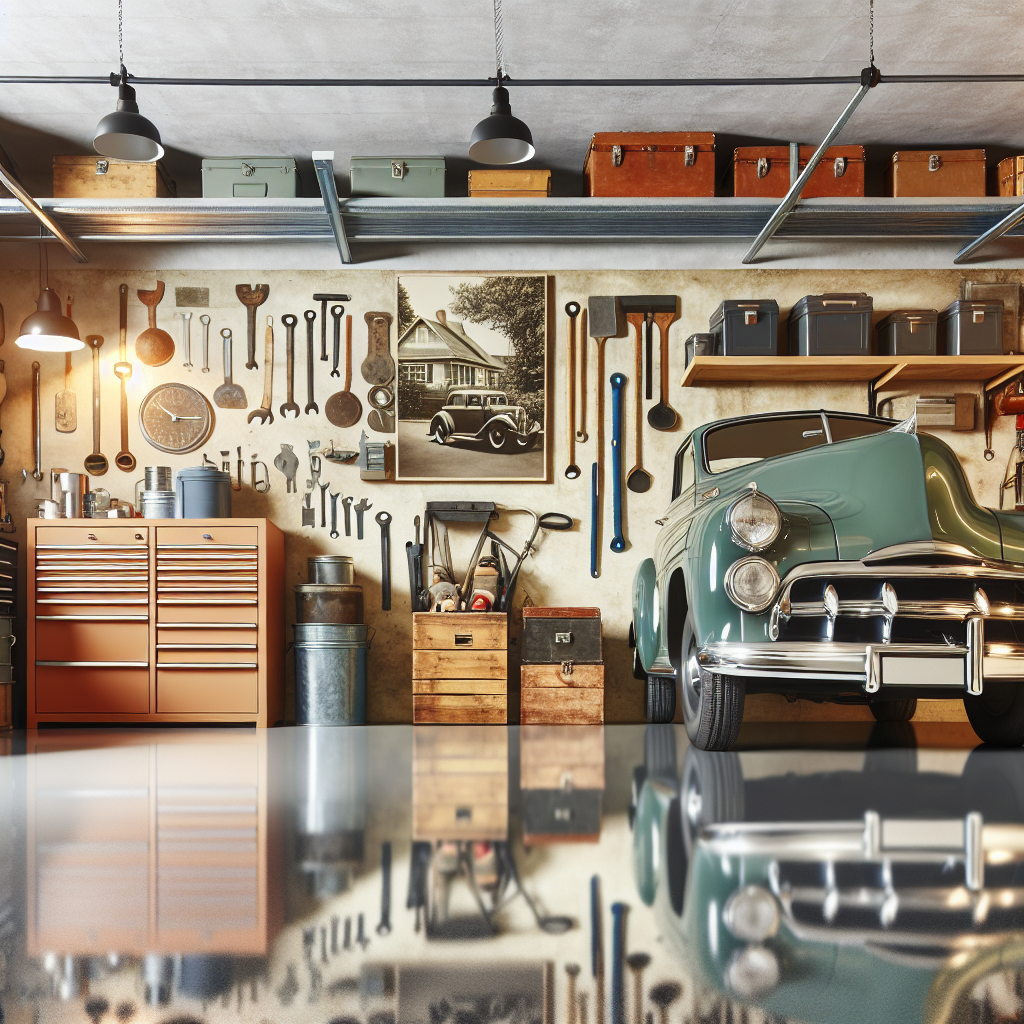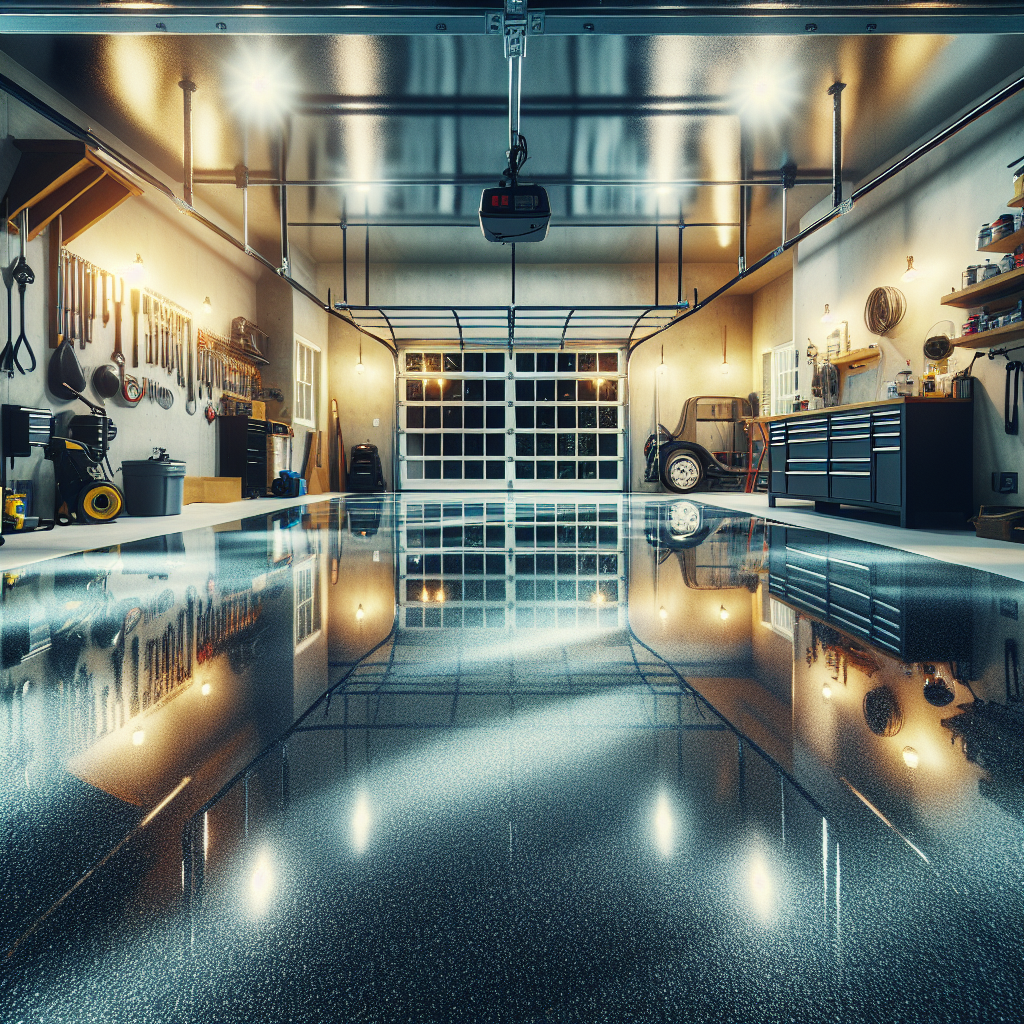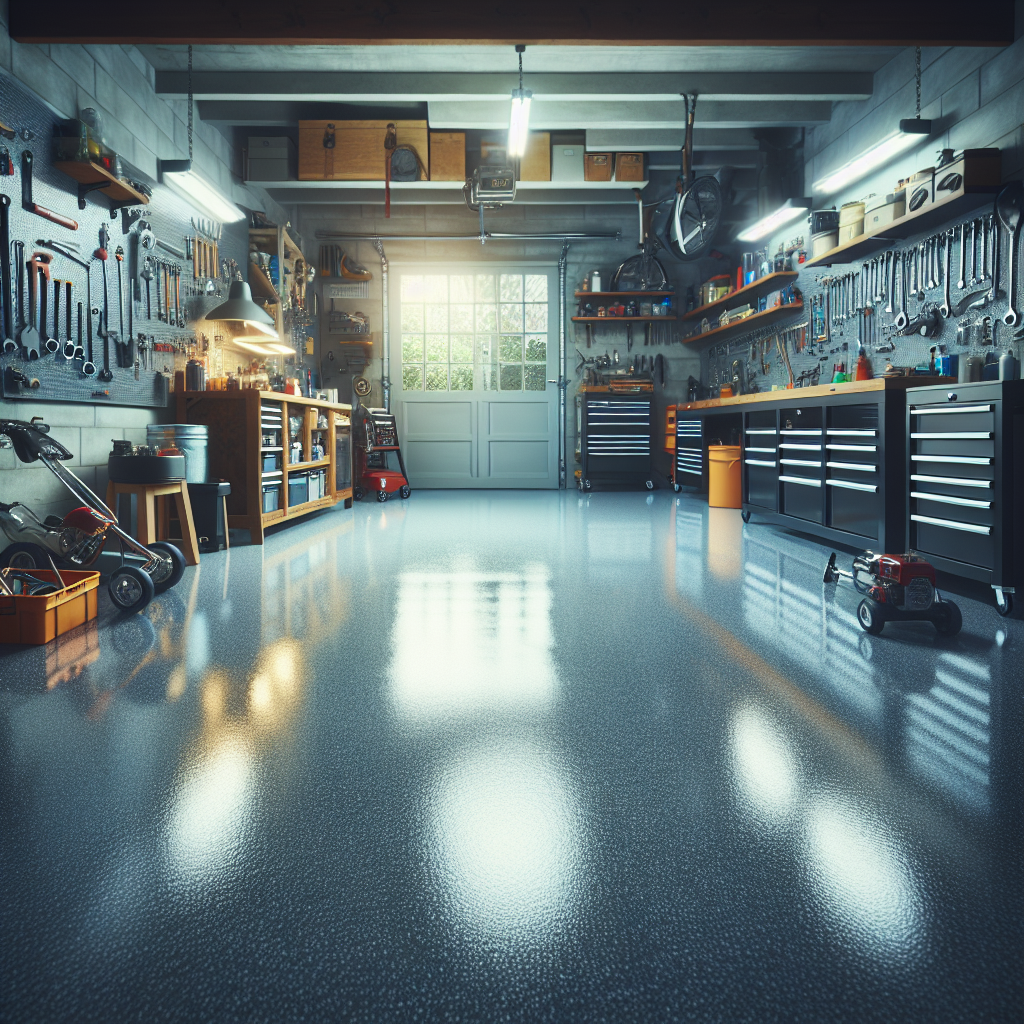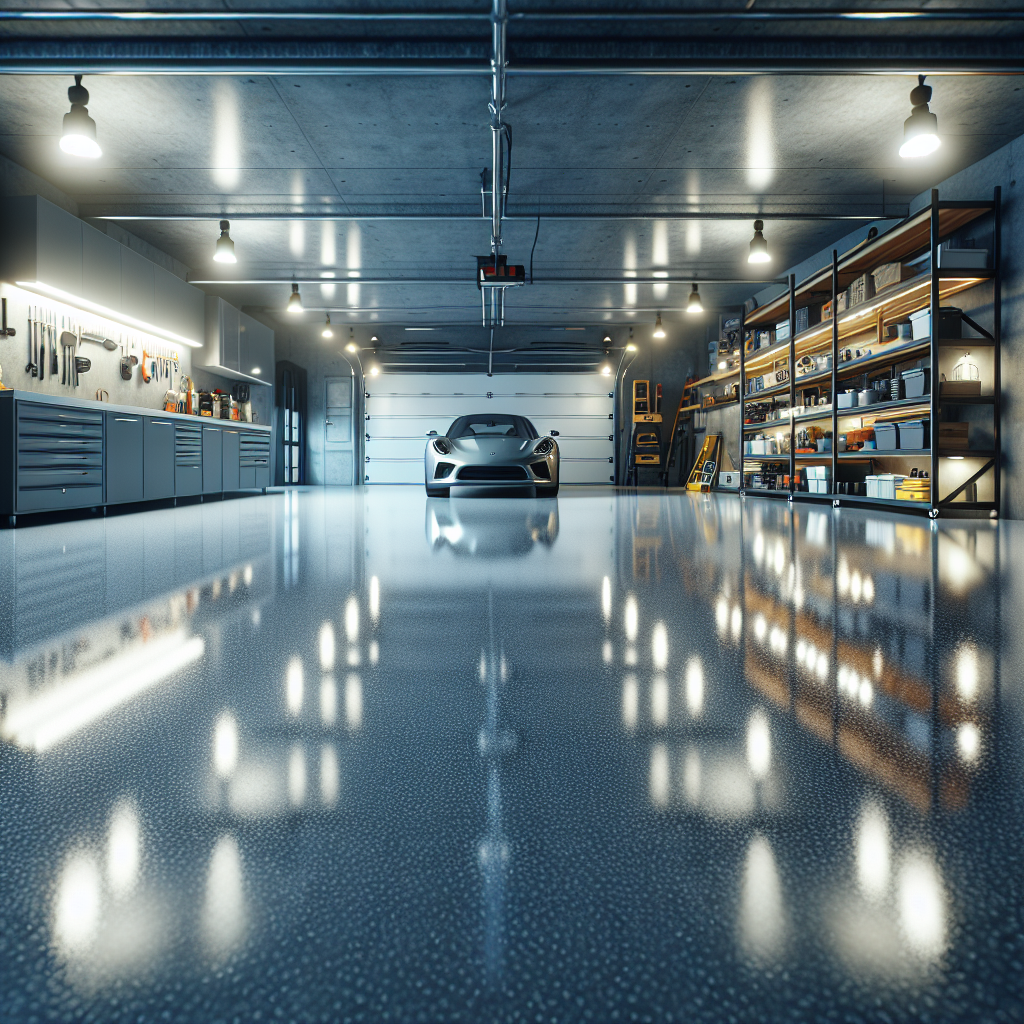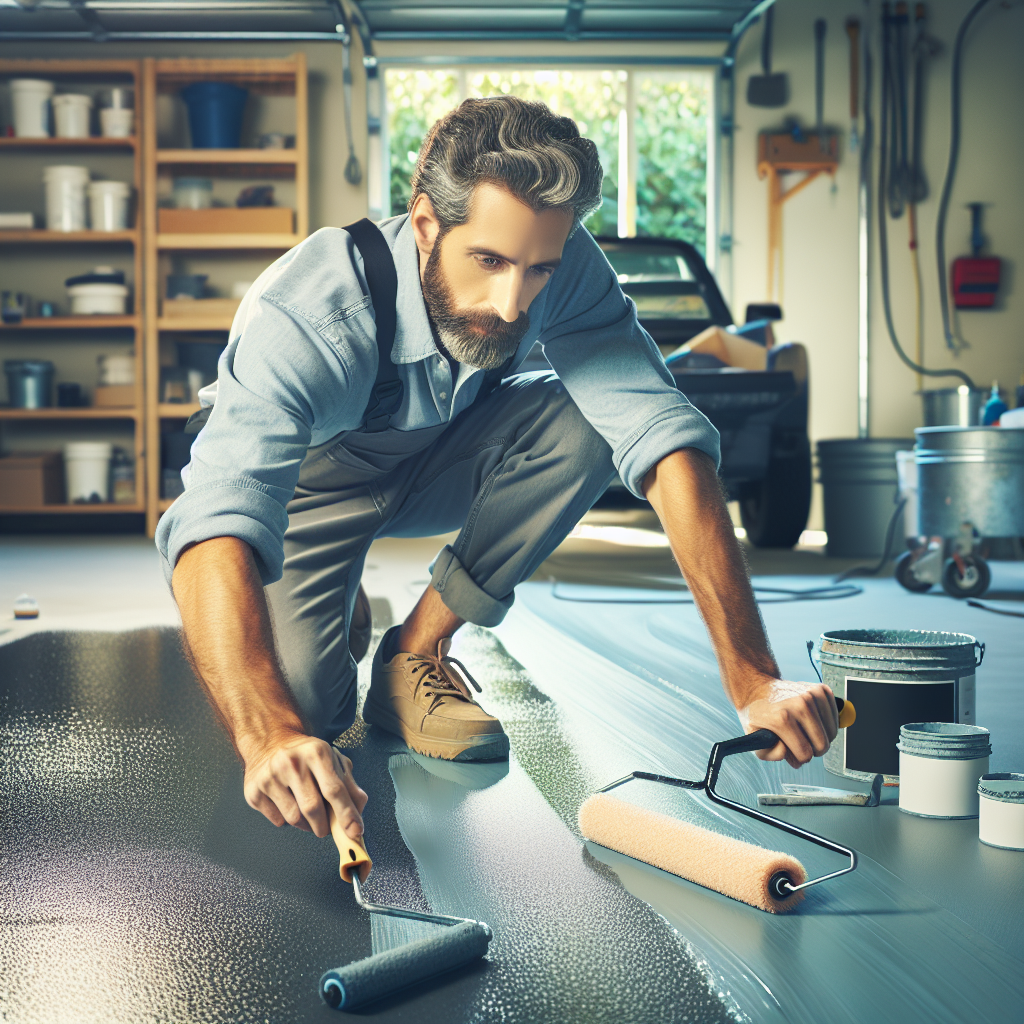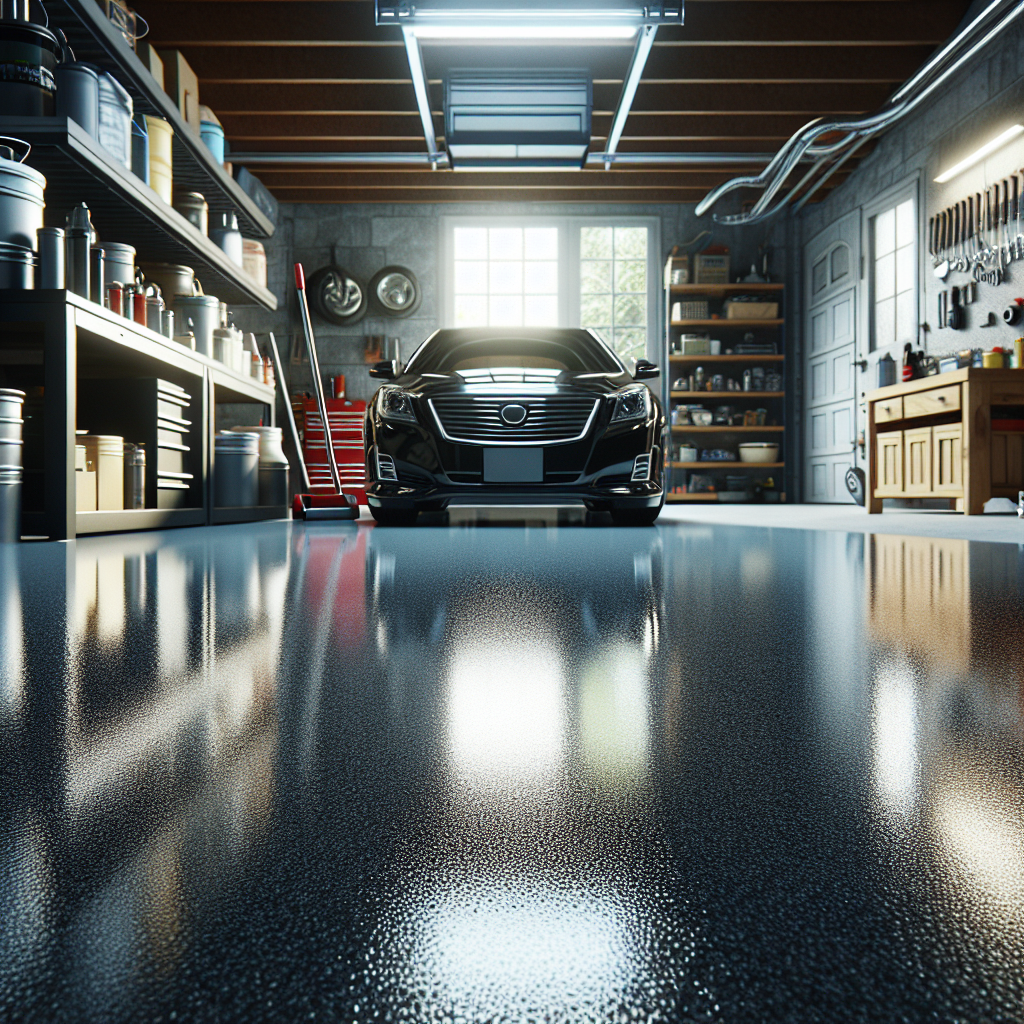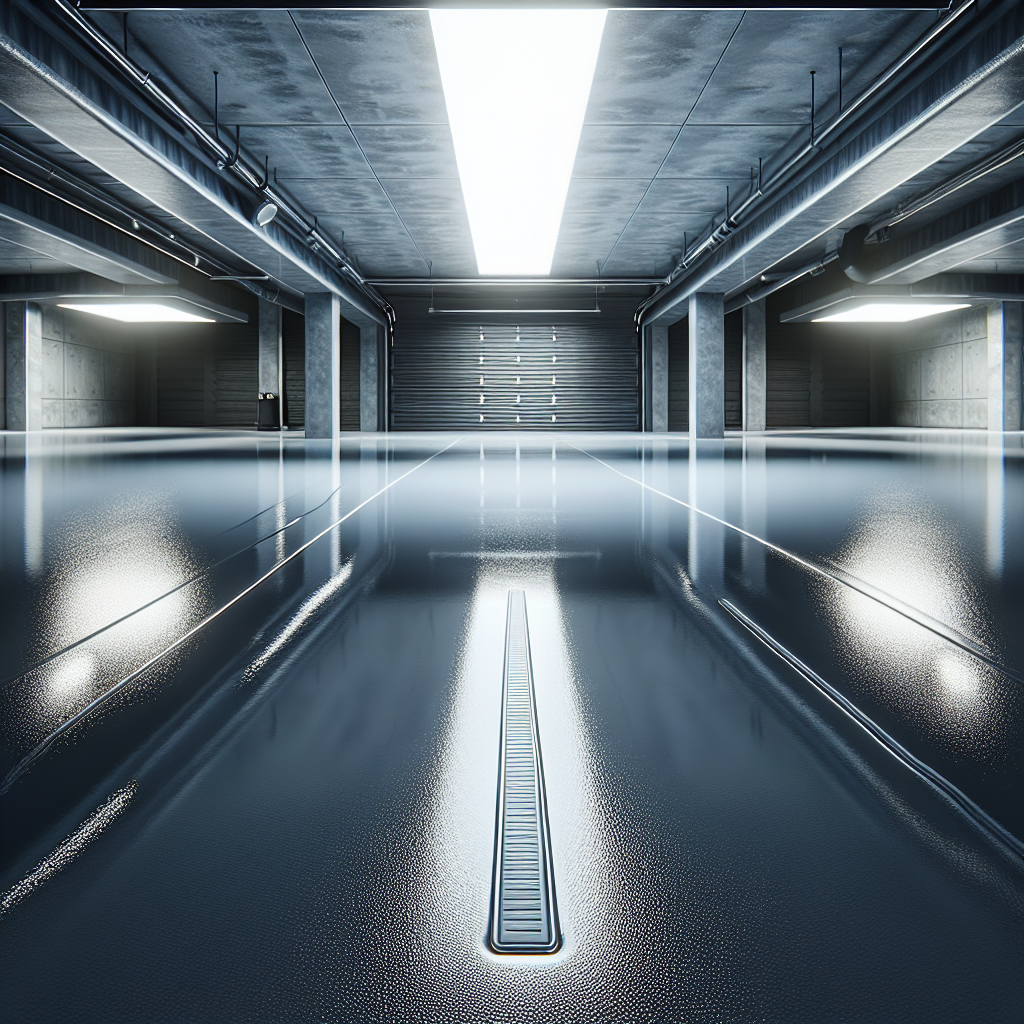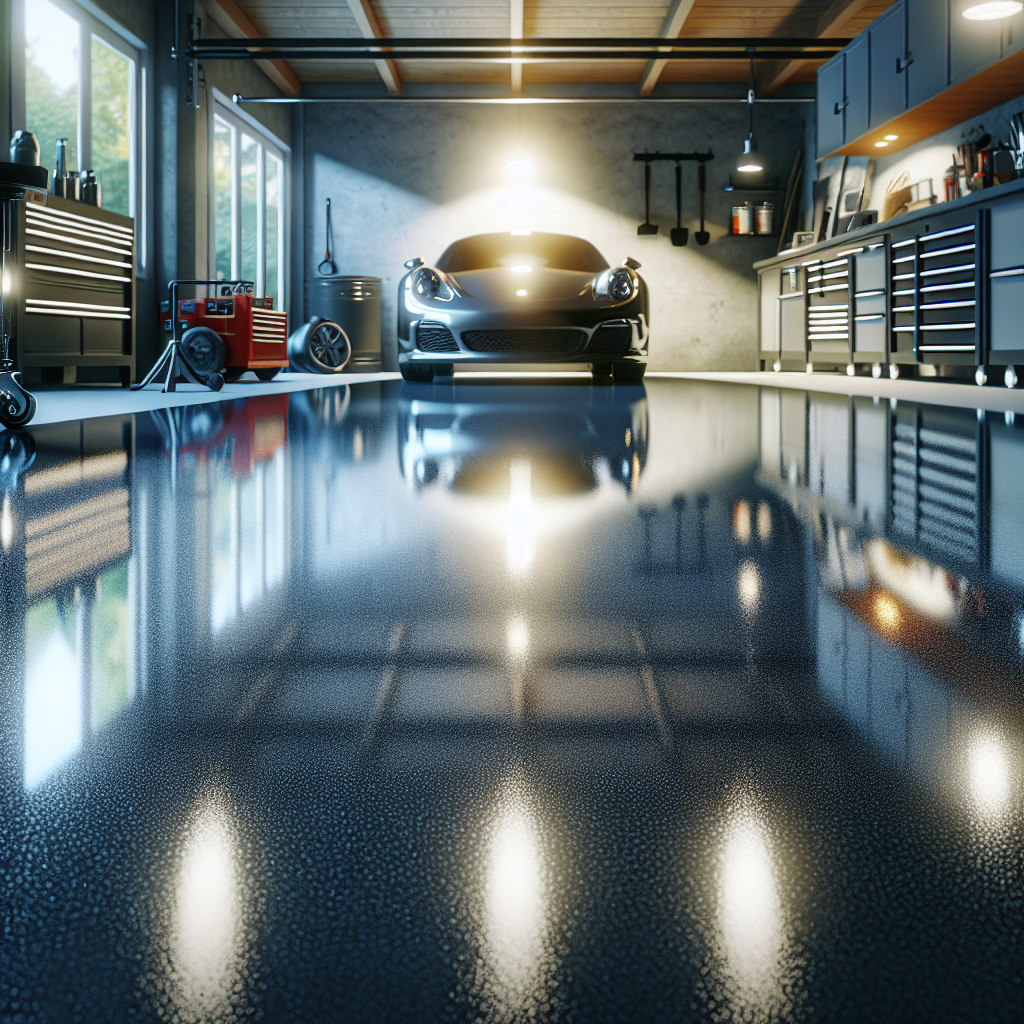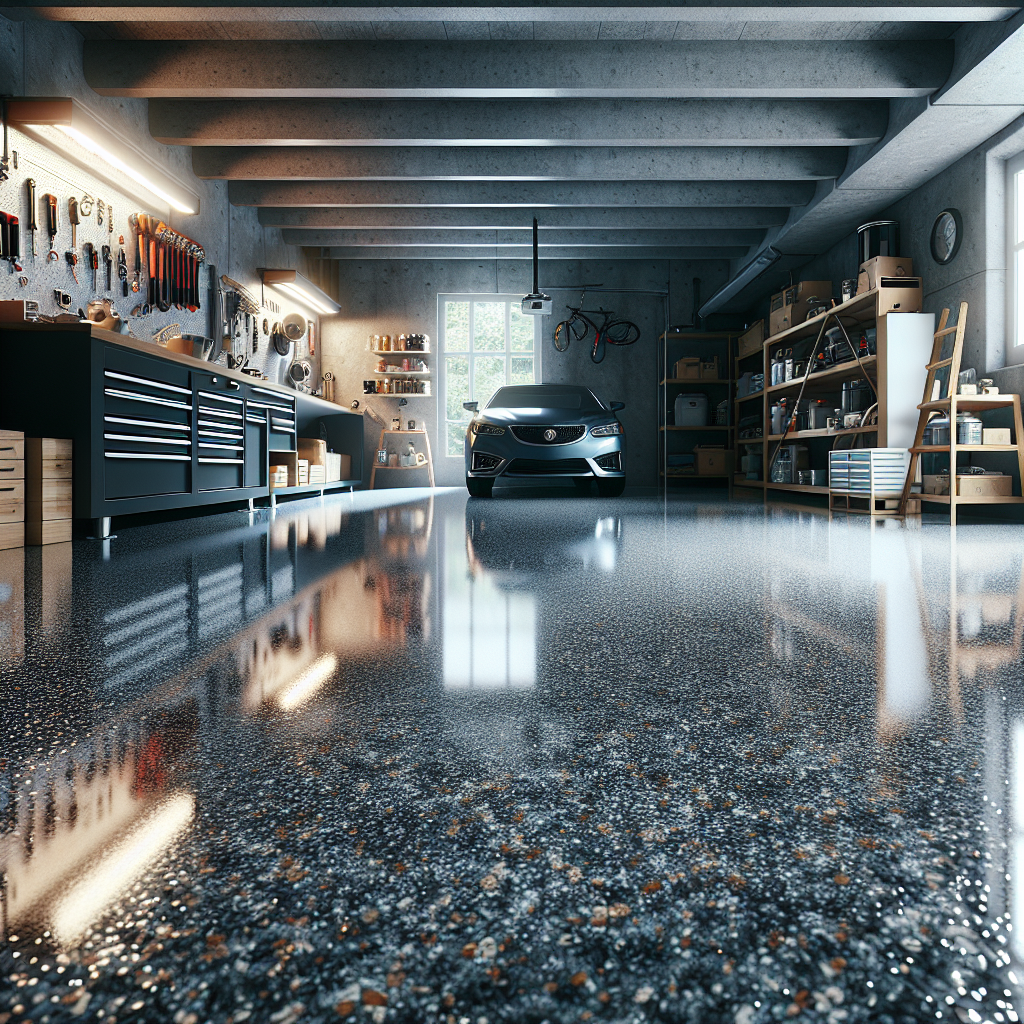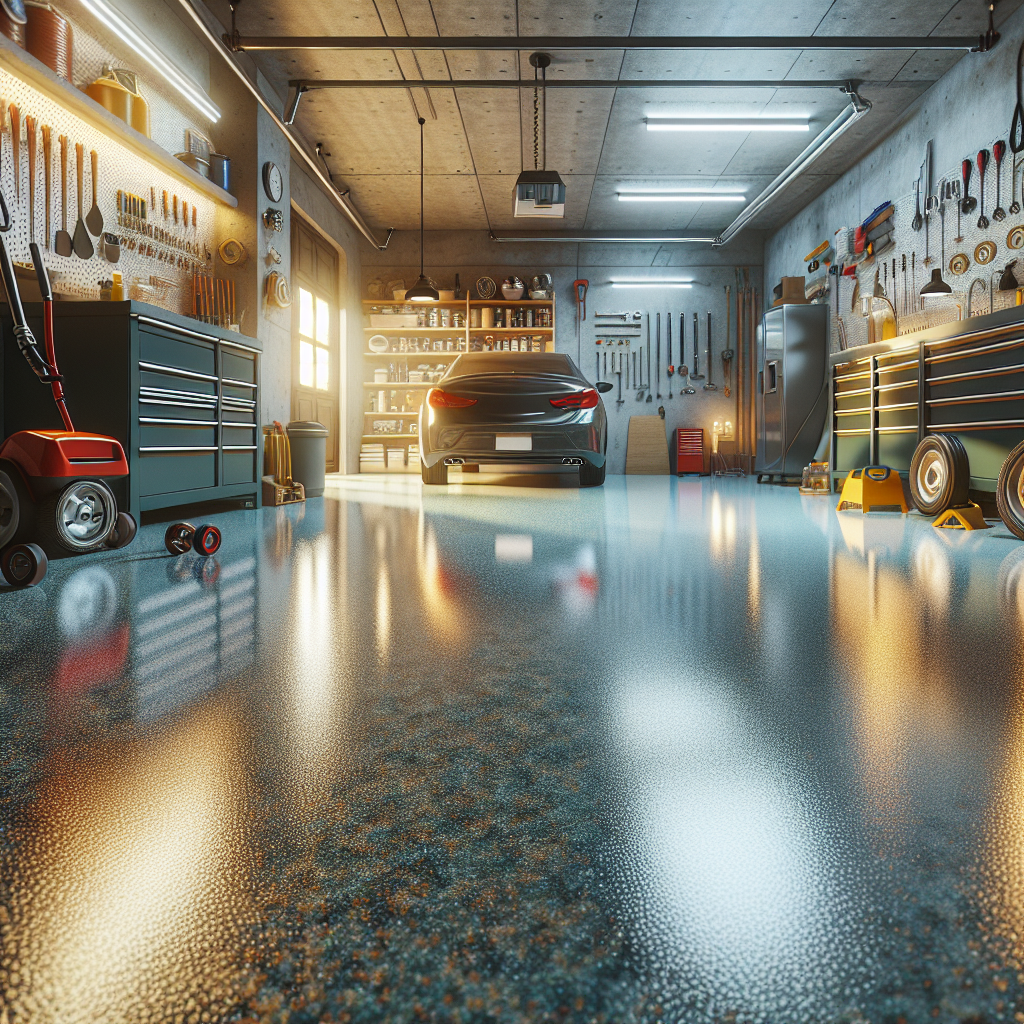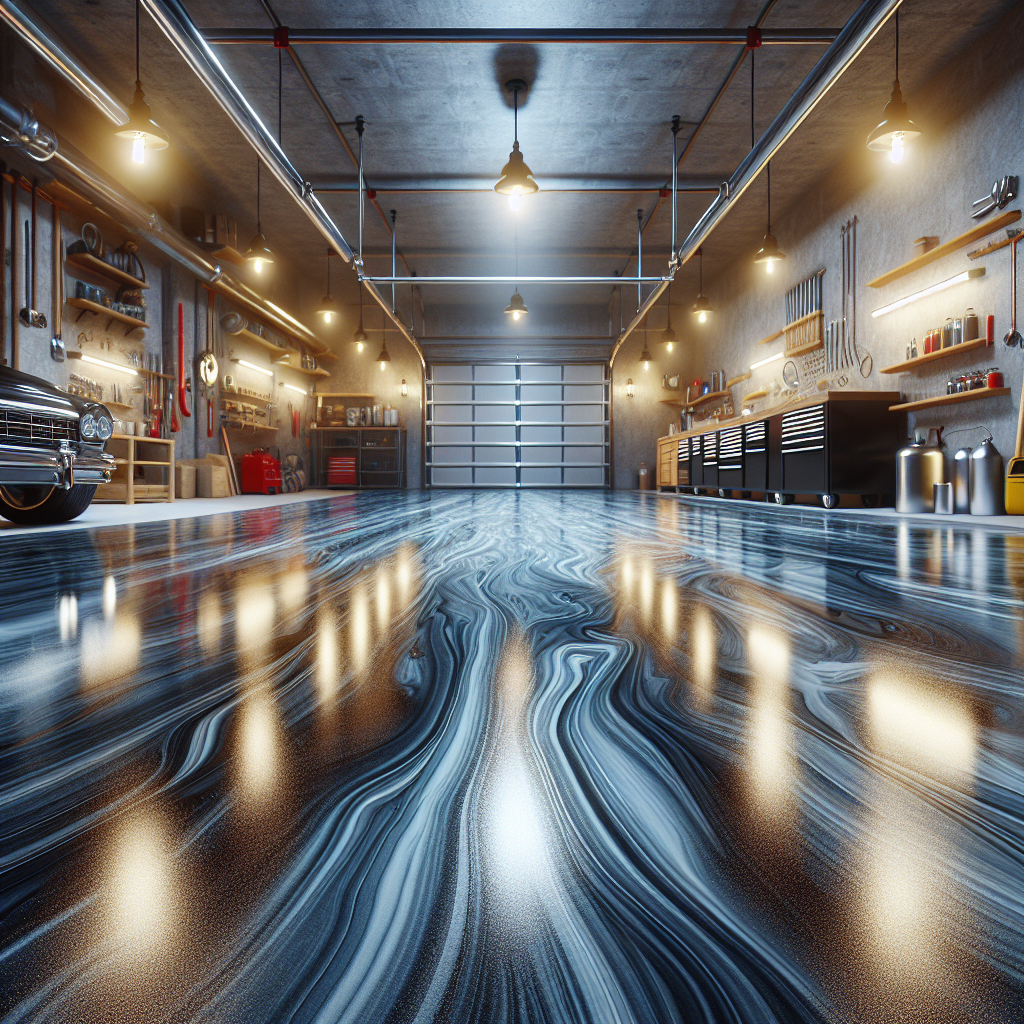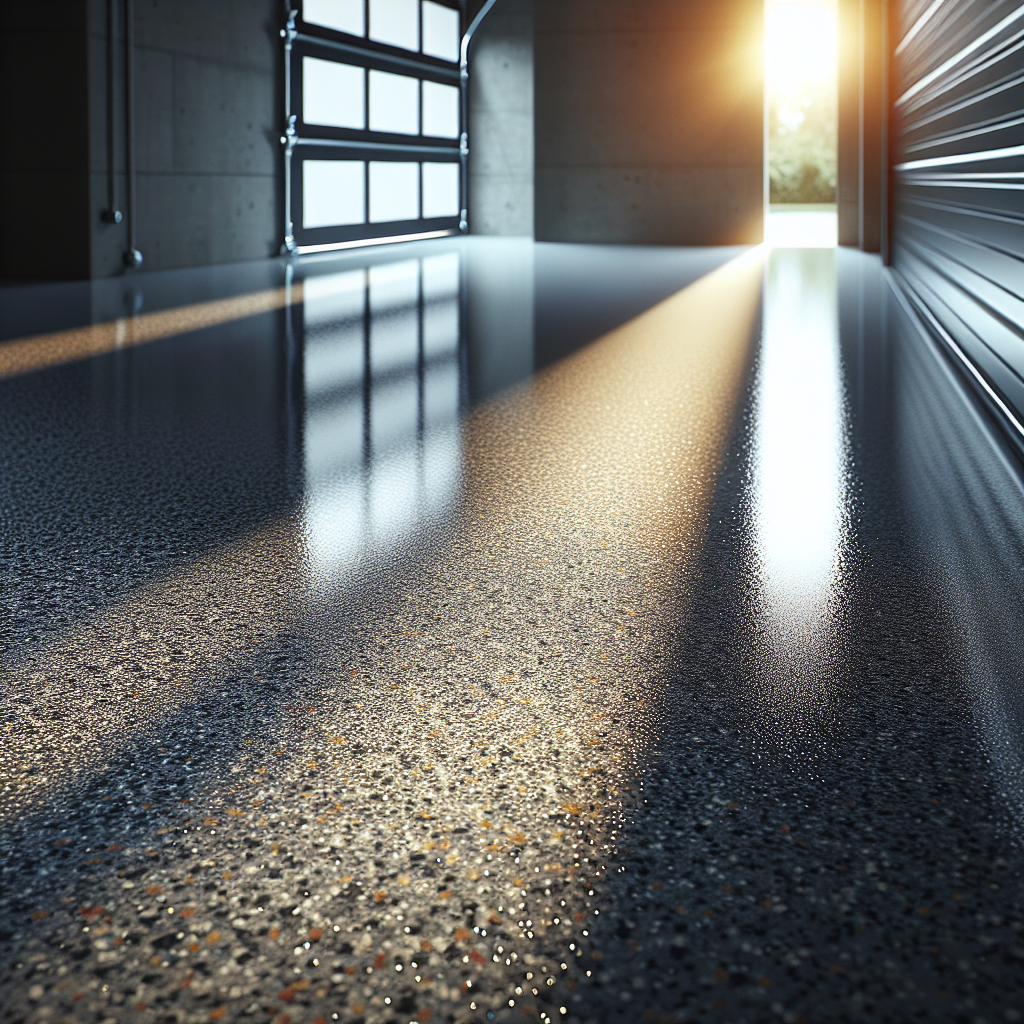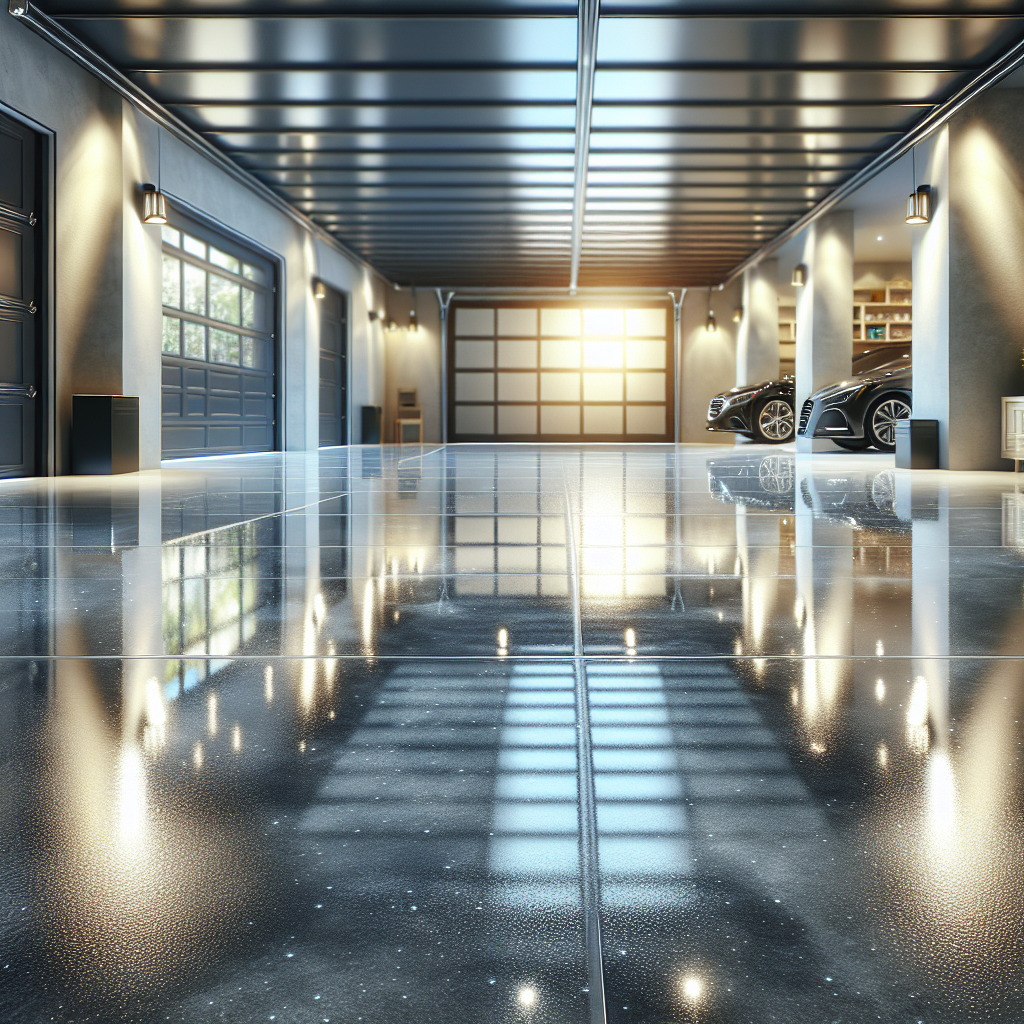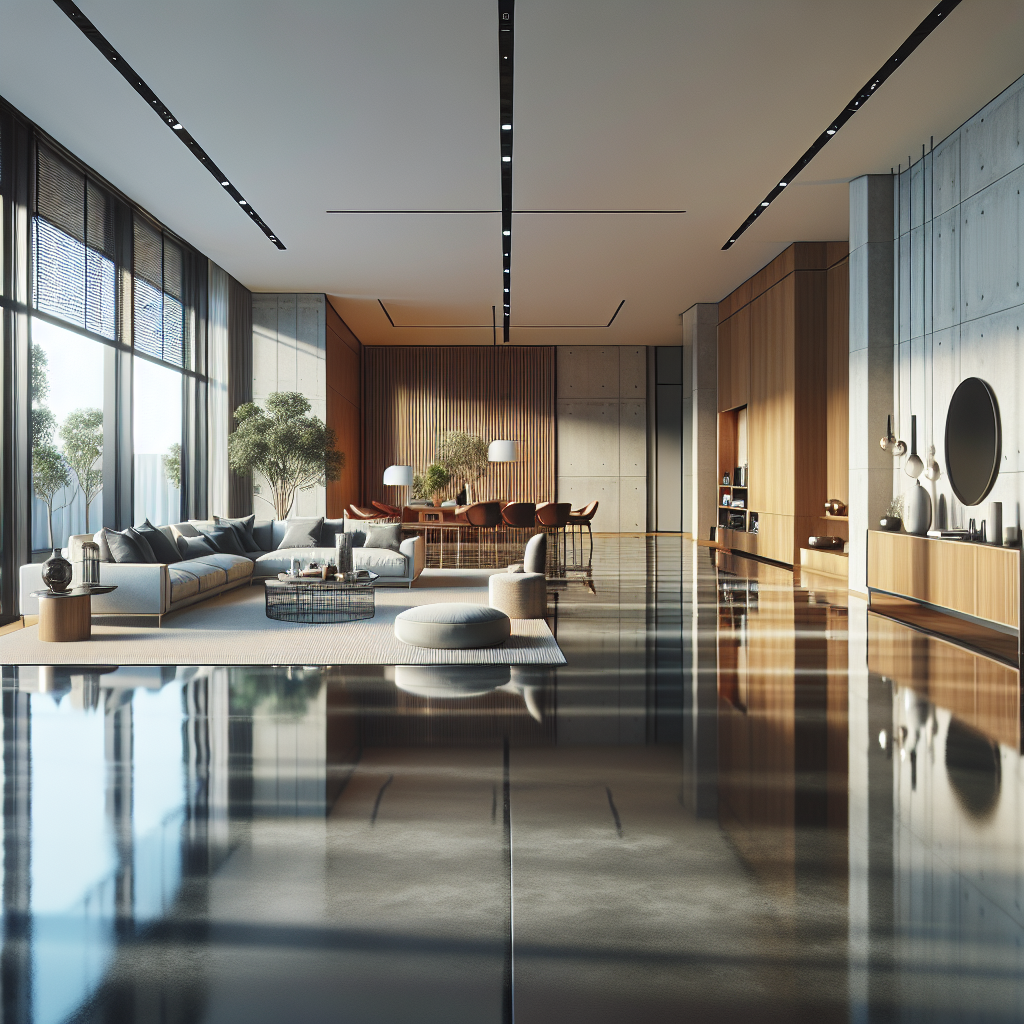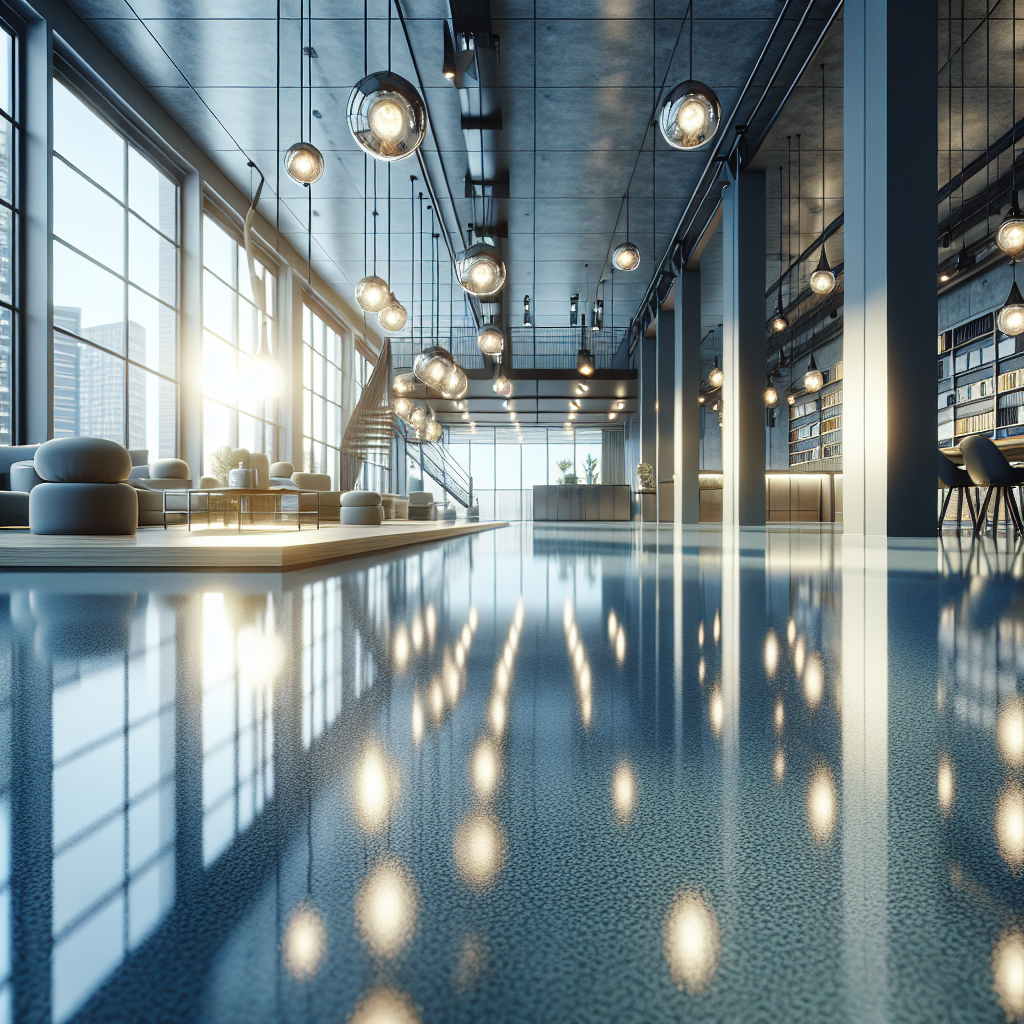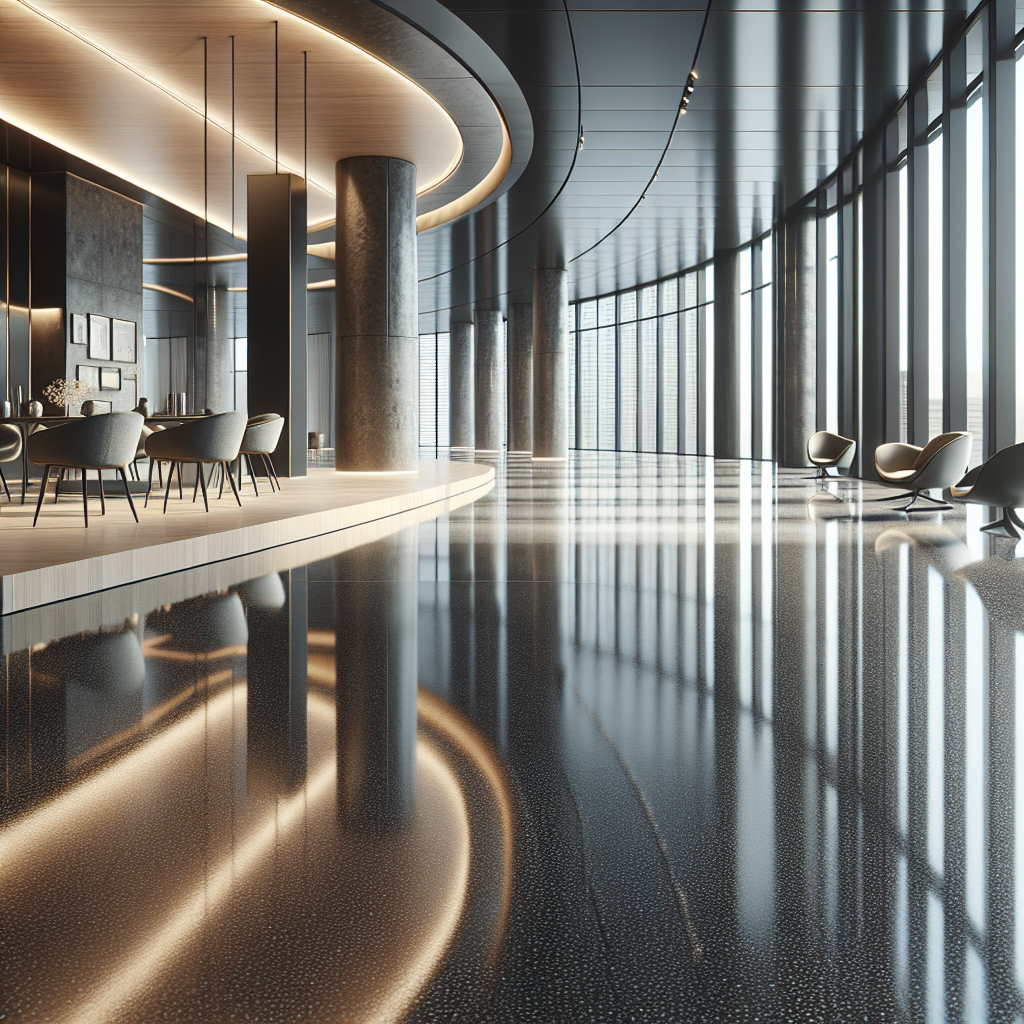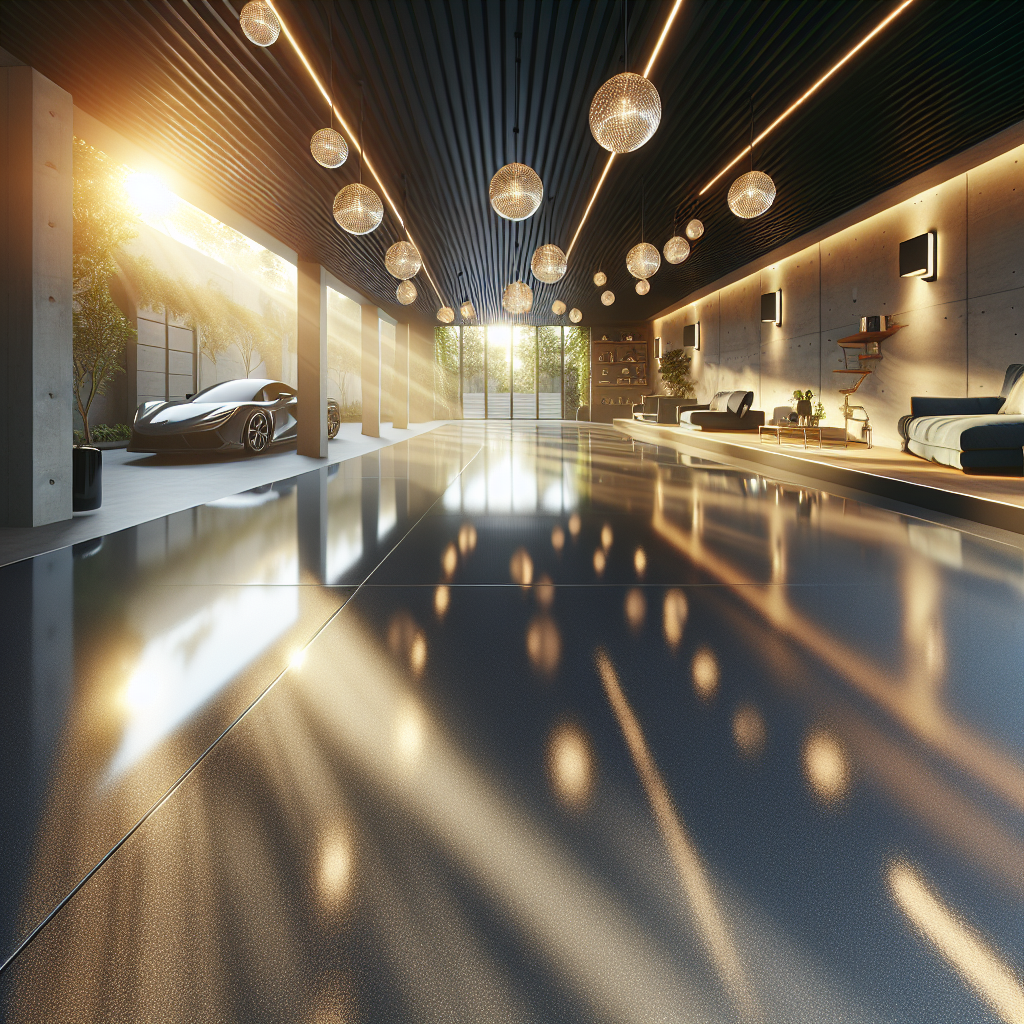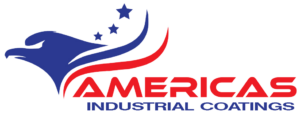Discover the Unmatched Durability of Epoxy Garage Floors
When it comes to home improvement, Fort Lauderdale epoxy garage floors stand out for their incredible durability. Homeowners seeking a robust solution for their garages will find epoxy flooring to be a top-notch choice. Its resilience against heavy loads and high traffic makes it perfect for garages housing cars, motorcycles, and other heavy machinery.
Epoxy floors are crafted from a blend of epoxy resin and polyamine hardener, forming a tough, adhesive coating that binds strongly to the underlying concrete. This bond is essential, as it transforms your standard concrete floor into a high-performance surface capable of withstanding the test of time. Unlike other flooring options, epoxy doesn’t easily crack or chip, making it ideal for spaces subjected to frequent wear and tear.
Another remarkable feature of epoxy garage floors is their abrasion resistance. Daily activities in a garage can be harsh, with tools dropping and heavy equipment moving around. Epoxy’s strong surface can handle these impacts without showing damage. This resilience extends to its impact resistance, ensuring that even if you drop a wrench or hammer, your floor will remain unscathed.
Epoxy’s durability isn’t just about withstanding physical abuse; it also resists various environmental factors. From fluctuating temperatures to moisture and humidity, epoxy floors maintain their integrity. They are particularly beneficial in regions with extreme weather conditions, as they don’t crack or degrade with seasonal changes.
Chemical Resistance: Protect Your Garage Floor from Harmful Substances
Garage environments are notorious for exposure to a variety of chemicals. Whether it’s motor oil, gasoline, antifreeze, or cleaning solvents, these substances can wreak havoc on unprotected concrete floors. This is where the chemical resistance of epoxy floors comes into play.
Epoxy floors have a non-porous surface, which means liquids and chemicals cannot seep through and damage the underlying concrete. This impermeability ensures that your floor remains stain-free and intact, even after accidental spills. The ease with which you can clean up spills is another significant advantage. Simply wiping with a cloth or mop can remove most substances without leaving a trace.
Furthermore, the chemical-resistant nature of epoxy makes it a preferred choice for garages used for automotive repairs and maintenance. For DIY enthusiasts or professional mechanics, the peace of mind knowing their floor won’t suffer from oil stains or chemical damage is invaluable.
In addition to automotive fluids, epoxy floors resist damage from household chemicals like bleach and detergents. This characteristic makes them suitable not only for garages but also for workshops and utility rooms where harsh chemicals are often used.
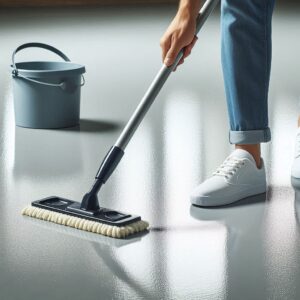 Simplify Your Cleaning Routine with Easy-to-Maintain Epoxy Floors
Simplify Your Cleaning Routine with Easy-to-Maintain Epoxy Floors
One of the standout features of epoxy garage floors is their ease of maintenance. Traditional concrete floors can be a nightmare to clean, especially when they become stained or accumulate dirt. Epoxy floors, however, offer a smooth, glossy surface that simplifies cleaning tasks.
Routine maintenance for epoxy floors is straightforward. Sweeping away dirt and debris or mopping with a mild cleanser is usually all that’s needed to keep the floor looking pristine. The smooth surface prevents dirt from getting embedded, unlike porous concrete which can trap dust and grime. This not only makes cleaning easier but also more effective.
Epoxy floors are particularly beneficial for those who frequently work on vehicles or projects in their garage. The inevitable spills and messes can be quickly addressed without the need for harsh chemicals or extensive scrubbing. A simple wipe down is often enough to restore the floor’s shiny appearance.
The low maintenance requirements of epoxy floors extend their lifespan, as regular upkeep prevents the buildup of dirt and grime that can lead to wear over time. Additionally, the resistance to mold and mildew growth further enhances the cleanliness and hygiene of your garage.
Enhance Safety with Anti-Slip Epoxy Coatings
Safety is a paramount concern for any garage, and epoxy floors offer several features that enhance the overall safety of the space. One of the most significant safety benefits is the anti-slip properties that can be integrated into the epoxy coating.
By adding anti-slip additives during the installation process, the floor can achieve a textured surface that increases traction. This is particularly important in areas prone to getting wet, such as garages where water can drip off vehicles or during cleaning. The added grip reduces the risk of slip-and-fall accidents, making the garage safer for everyone.
The seamless nature of epoxy floors also plays a crucial role in safety. Unlike traditional floors that can develop cracks and uneven surfaces over time, epoxy floors remain smooth and level. This reduces tripping hazards and allows for easy movement of vehicles and equipment.
Moreover, the high reflectivity of epoxy coatings can enhance the lighting in your garage. A brighter garage not only improves visibility but also contributes to a safer working environment. This is especially beneficial for garages used as workshops or for detailed tasks where good lighting is essential.
 Elevate Your Garage’s Appearance with Stylish Epoxy Floors
Elevate Your Garage’s Appearance with Stylish Epoxy Floors
While functionality and safety are critical, the aesthetic appeal of your garage should not be overlooked. Epoxy floors offer a wide range of design options that can transform a drab garage into an attractive and welcoming space.
Epoxy floors are available in various colors, finishes, and patterns, allowing you to customize the look to match your personal style or complement your home’s design. Whether you prefer a solid color for a bold statement or a metallic finish for a modern touch, epoxy provides endless possibilities.
The glossy finish of epoxy floors adds a sleek and polished look, making your garage feel more like an extension of your home rather than a utilitarian space. This aesthetic enhancement can significantly boost the curb appeal and value of your property.
In addition to their visual appeal, epoxy floors can be designed to mimic more expensive flooring options like marble or granite. This allows homeowners to achieve a luxurious look without the high cost associated with these materials. The ability to incorporate decorative flakes or create custom designs further adds to the versatility and uniqueness of epoxy flooring.
Trending FAQs About Epoxy Garage Floors
What are the key benefits of installing an epoxy garage floor?
Epoxy garage floors offer durability, chemical resistance, easy maintenance, enhanced safety, and aesthetic appeal, making them an ideal choice for homeowners.
How long does it take for an epoxy garage floor to fully cure?
Typically, an epoxy garage floor requires 24 to 48 hours to cure fully, but this can vary based on environmental conditions and the specific epoxy product used.
Can epoxy floors handle extreme temperatures?
Yes, epoxy floors are highly resistant to extreme temperatures, making them suitable for garages in regions with fluctuating climates.
Are there eco-friendly epoxy flooring options available?
Yes, there are eco-friendly epoxy products available that use low VOC (volatile organic compounds) formulations, making them safer for both the environment and your health.
How can I ensure the longevity of my epoxy garage floor?
Regular cleaning and maintenance, avoiding harsh chemicals, and addressing any damage promptly will help ensure the longevity of your epoxy garage floor.
Call Us Today about our Summer Sale, for a FREE estimate (954) 440-3185
